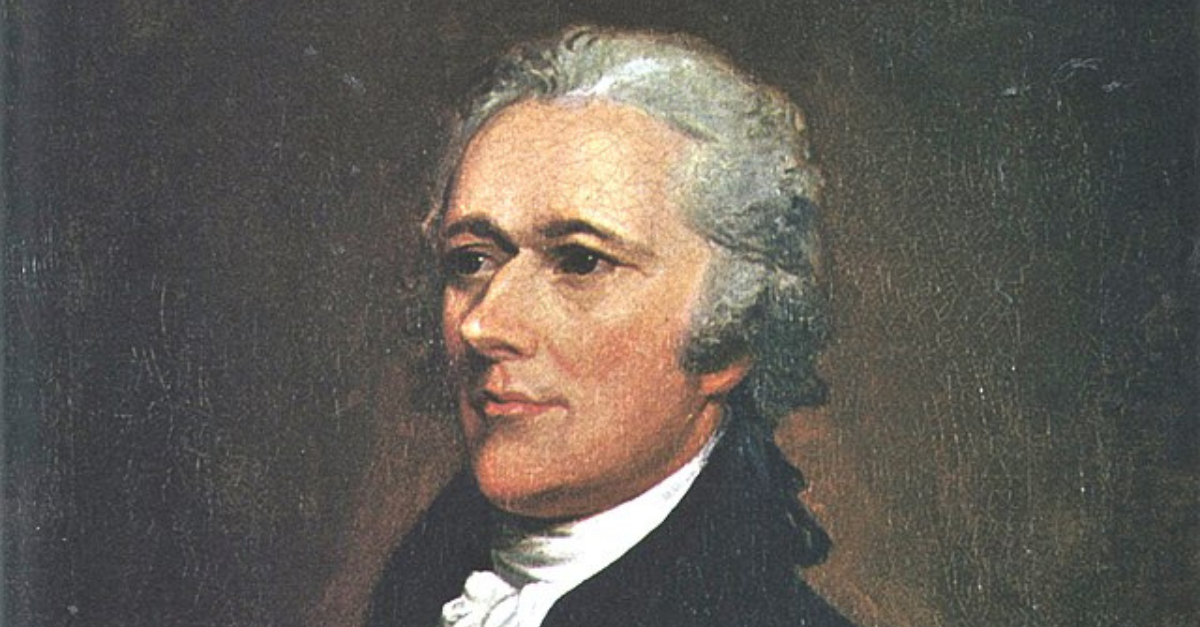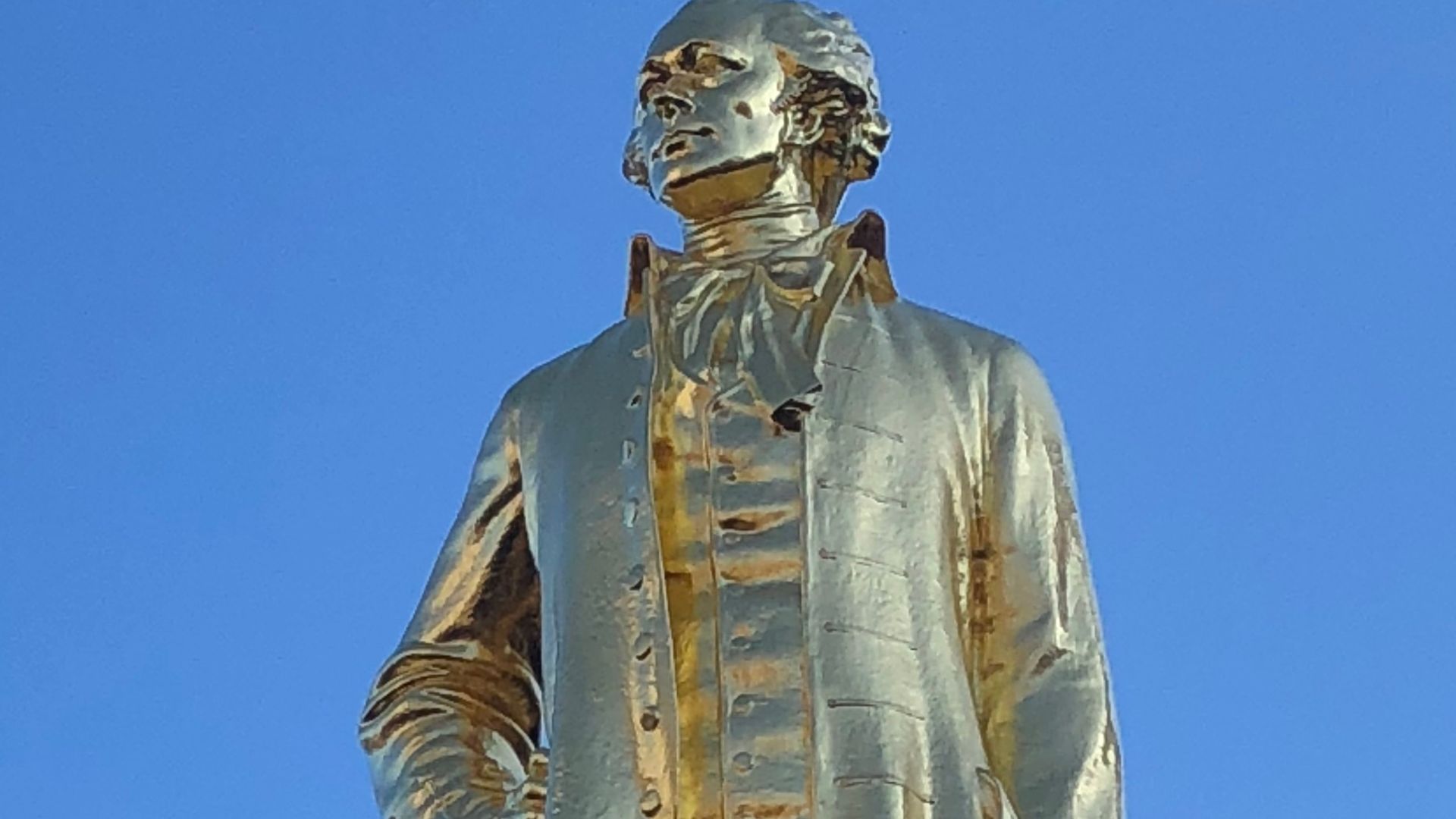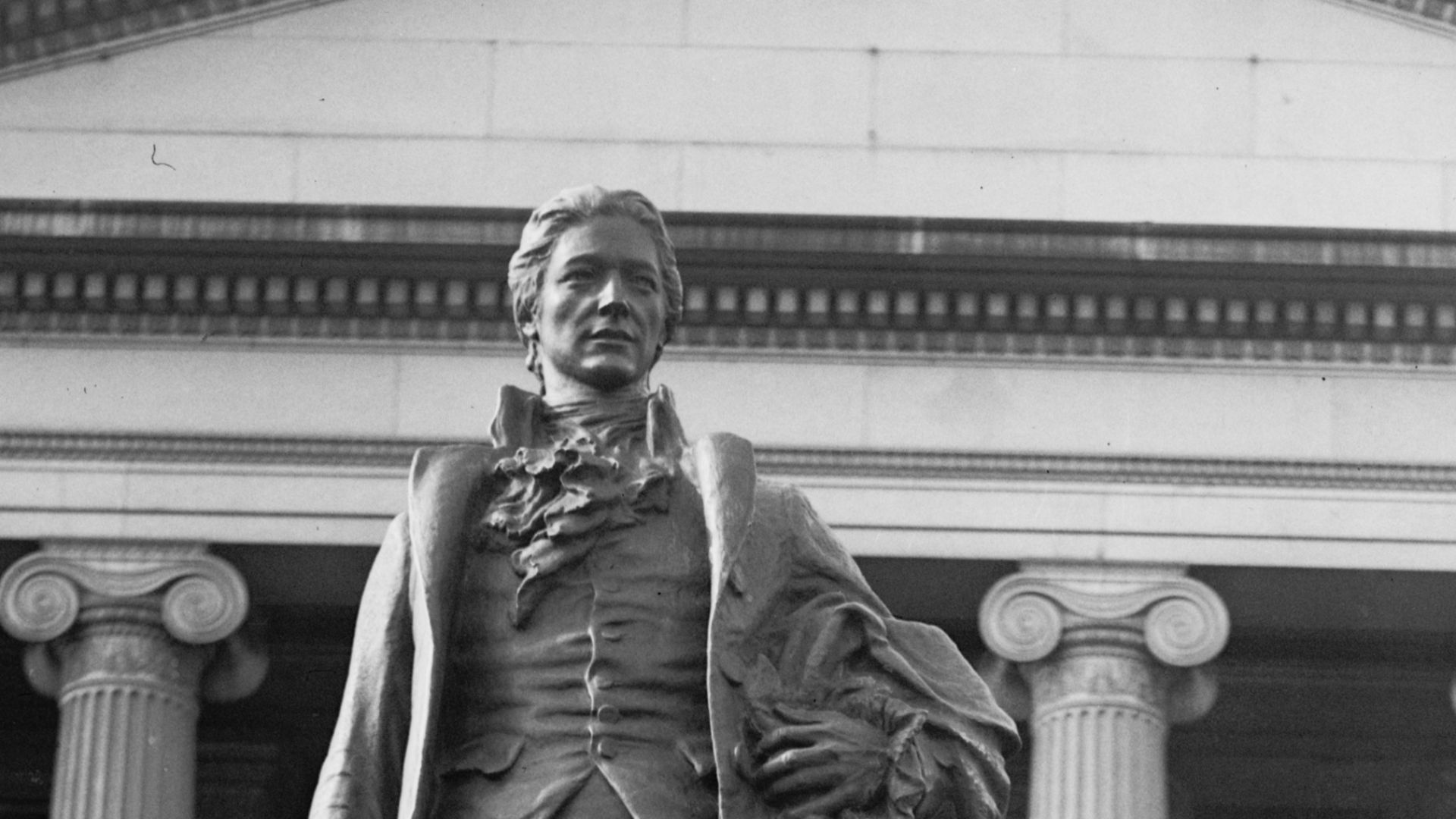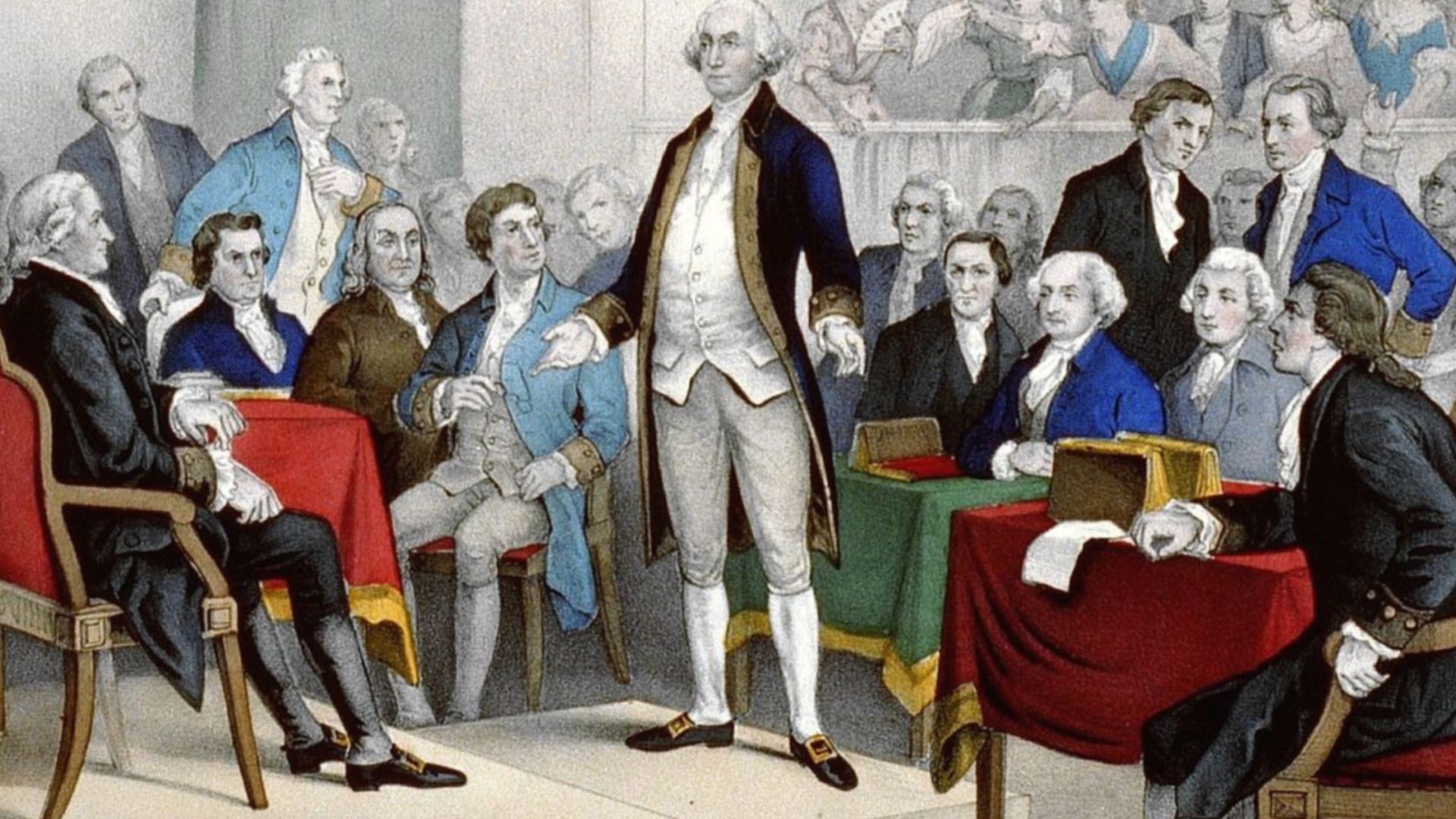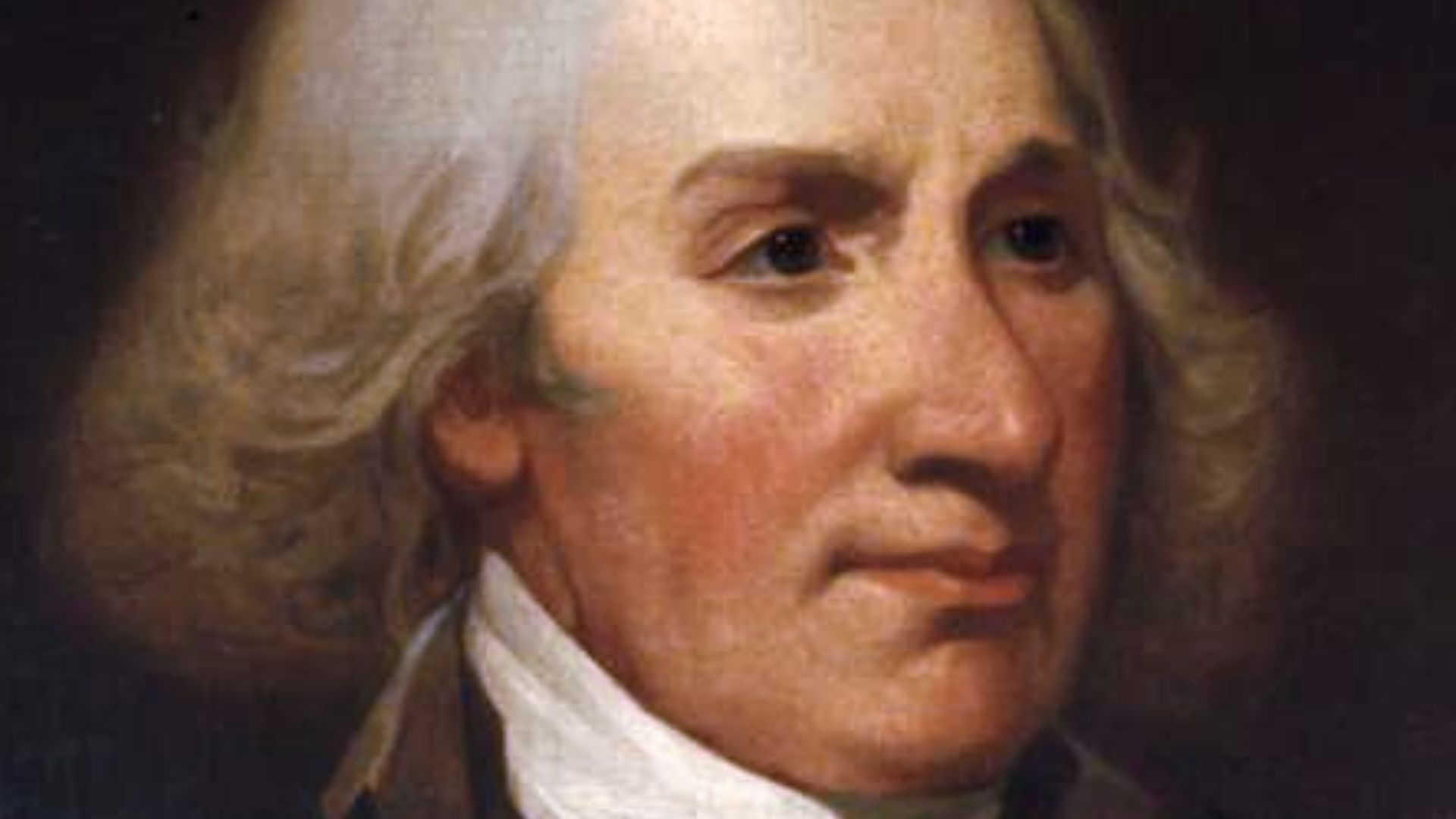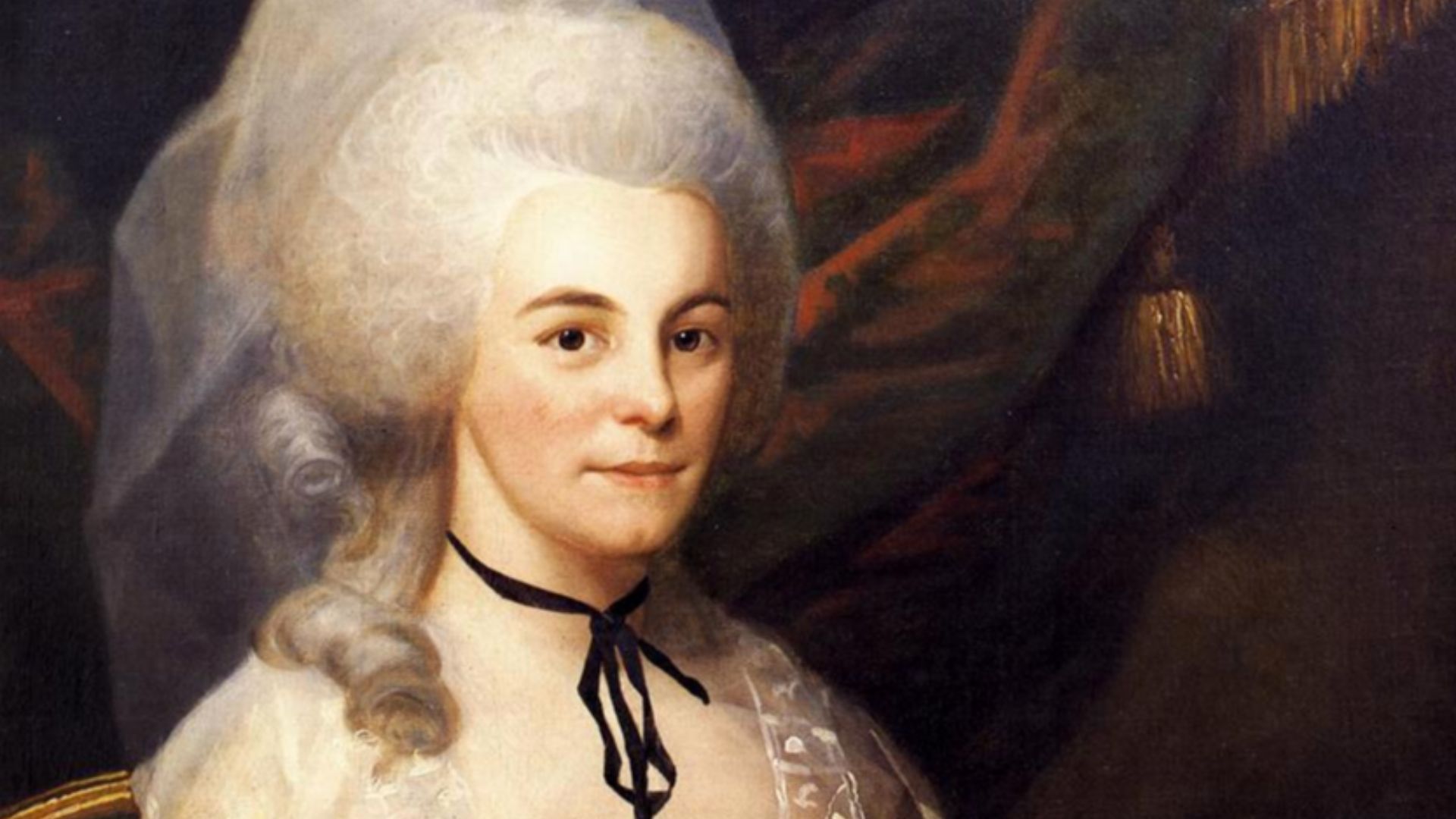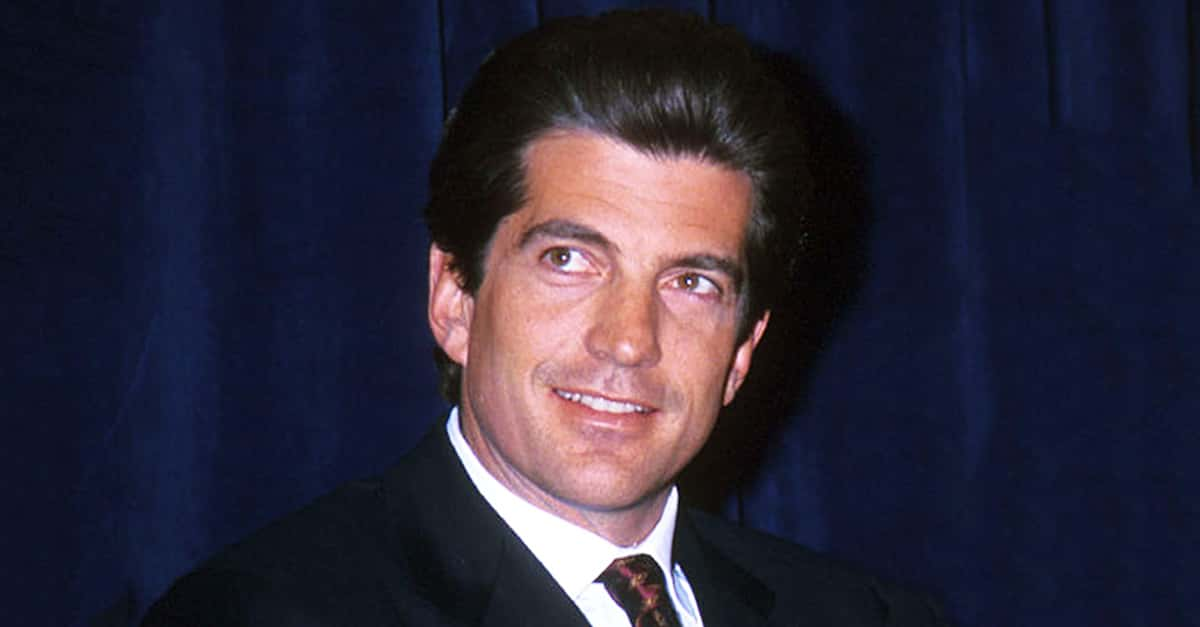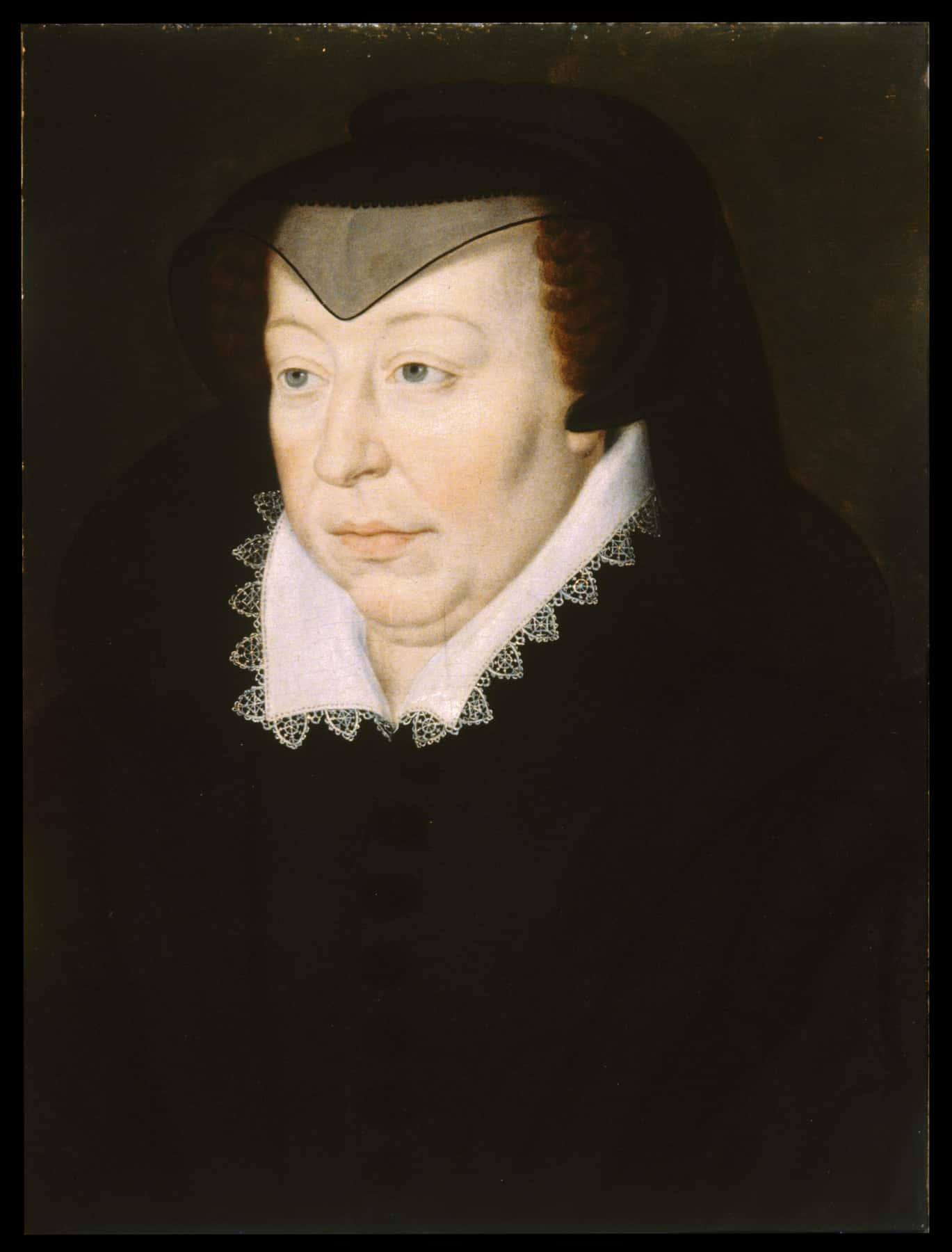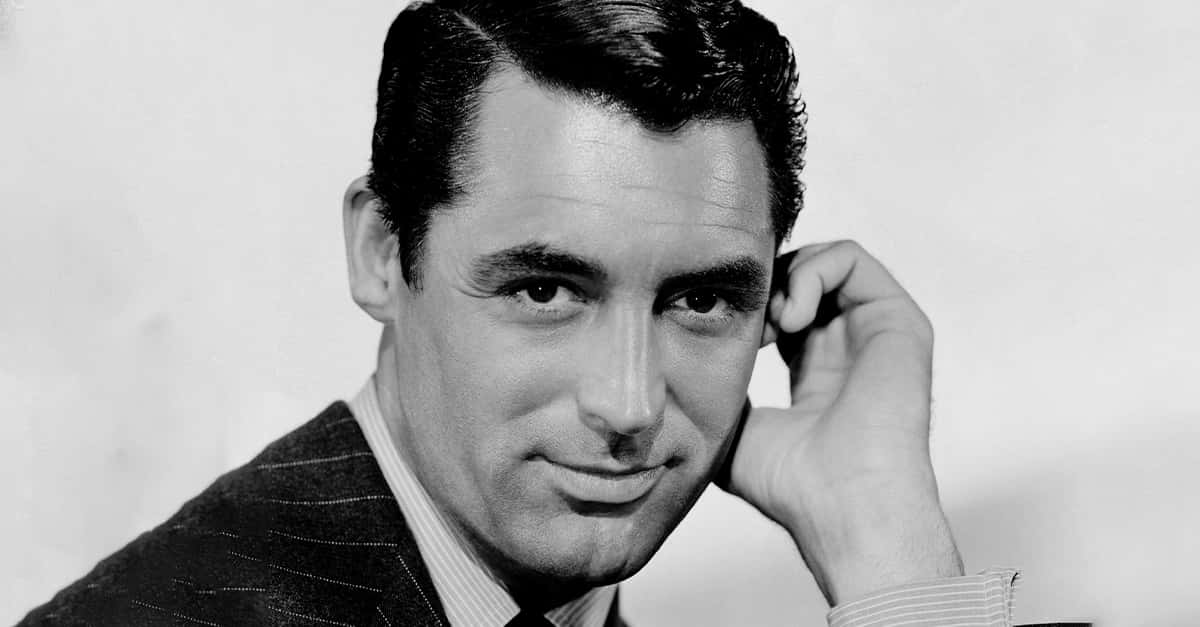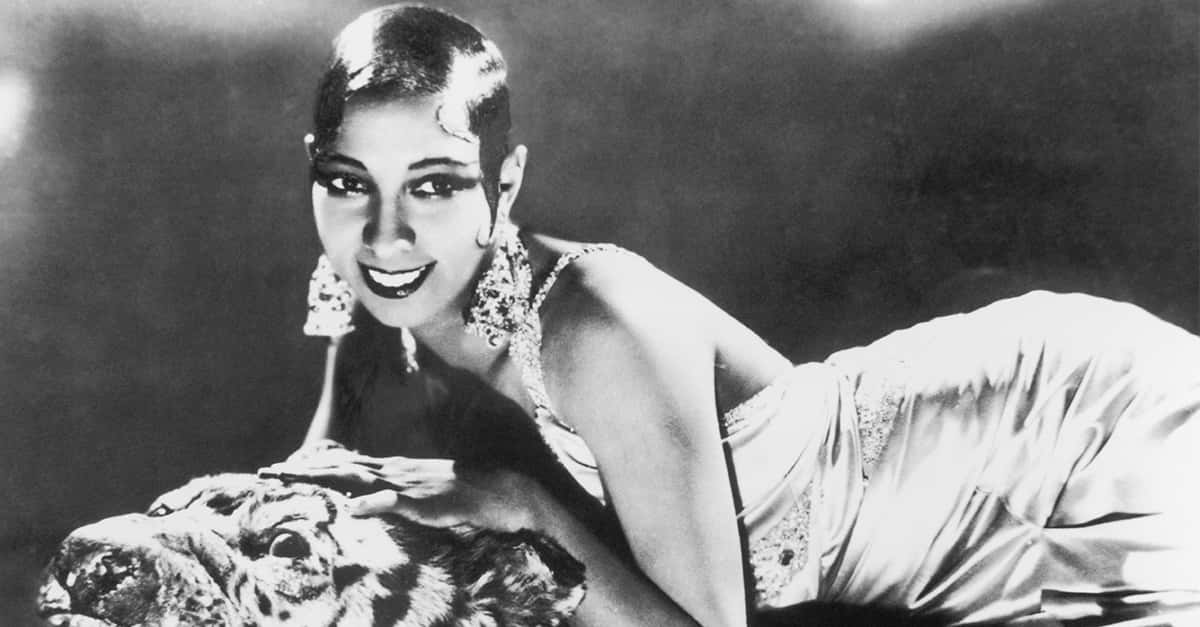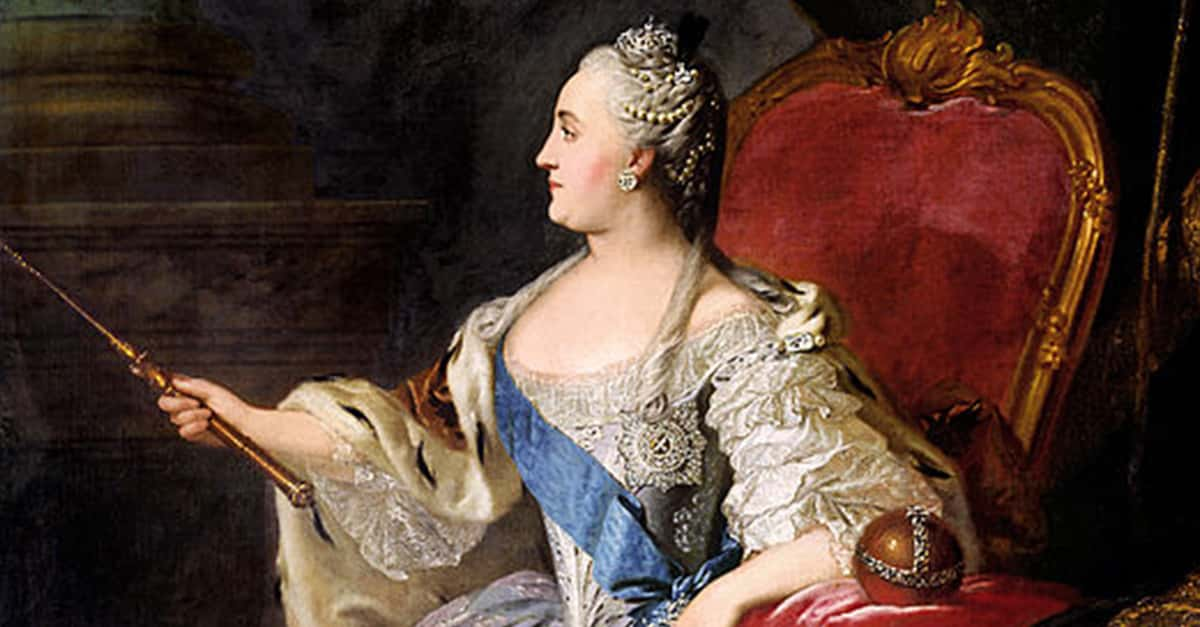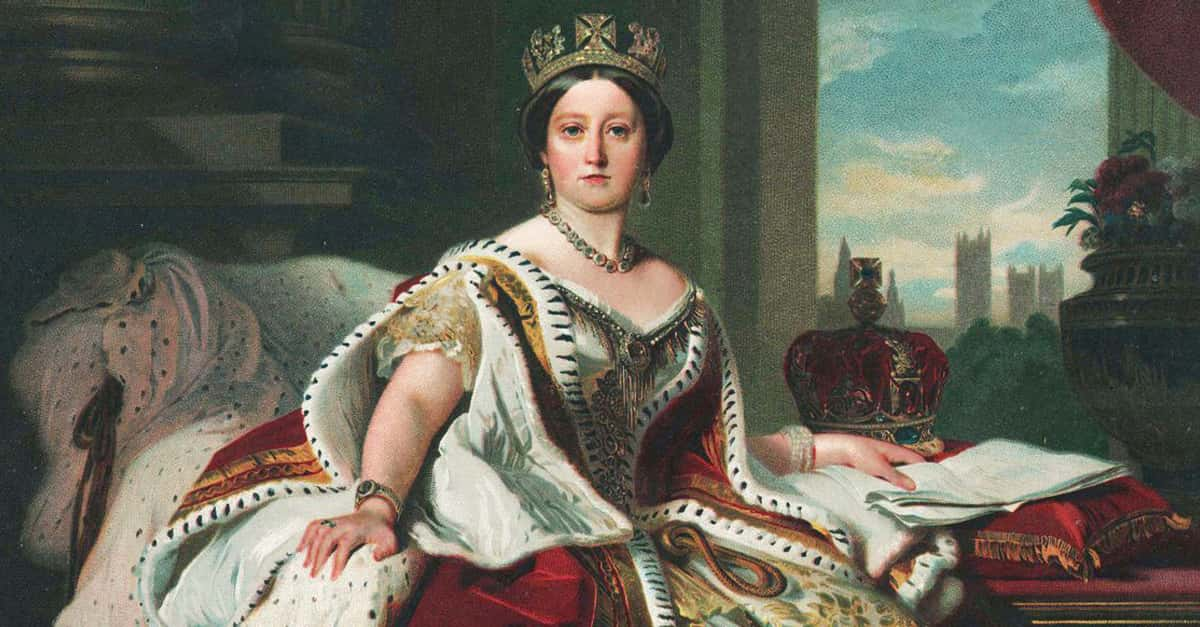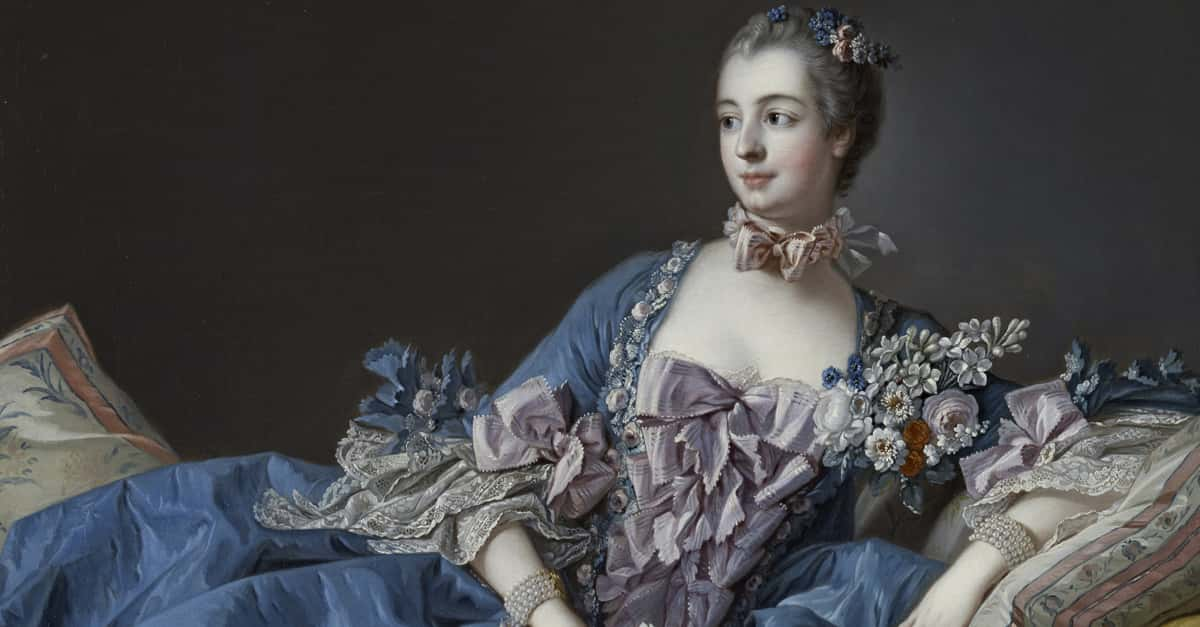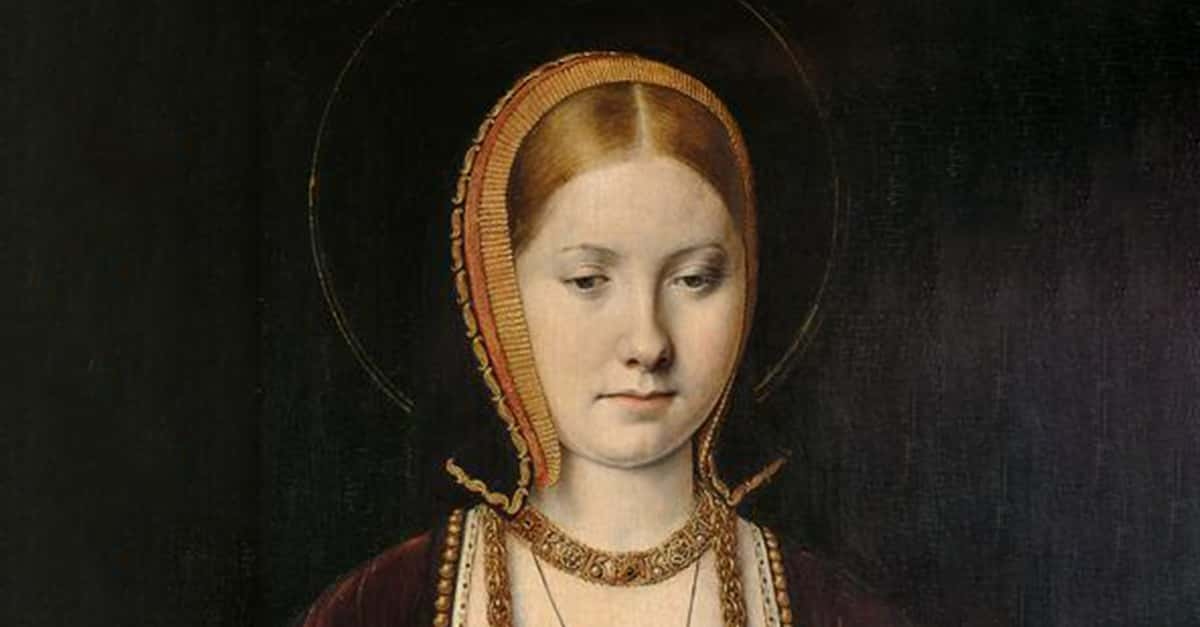Stone-Cold Brilliant
Alexander Hamilton was a genius by most accounts, with historians like Paul Johnson stating he was “the only one of the Founding Fathers fully entitled to that accolade”. However, Hamilton’s thinking didn’t jive with everyone, so much so that some people devoted their whole lives to eliminating his legacy. For years, his story sat in obscurity, but he has now become one of the most recognizable names in history—with the help of some modern publicity.
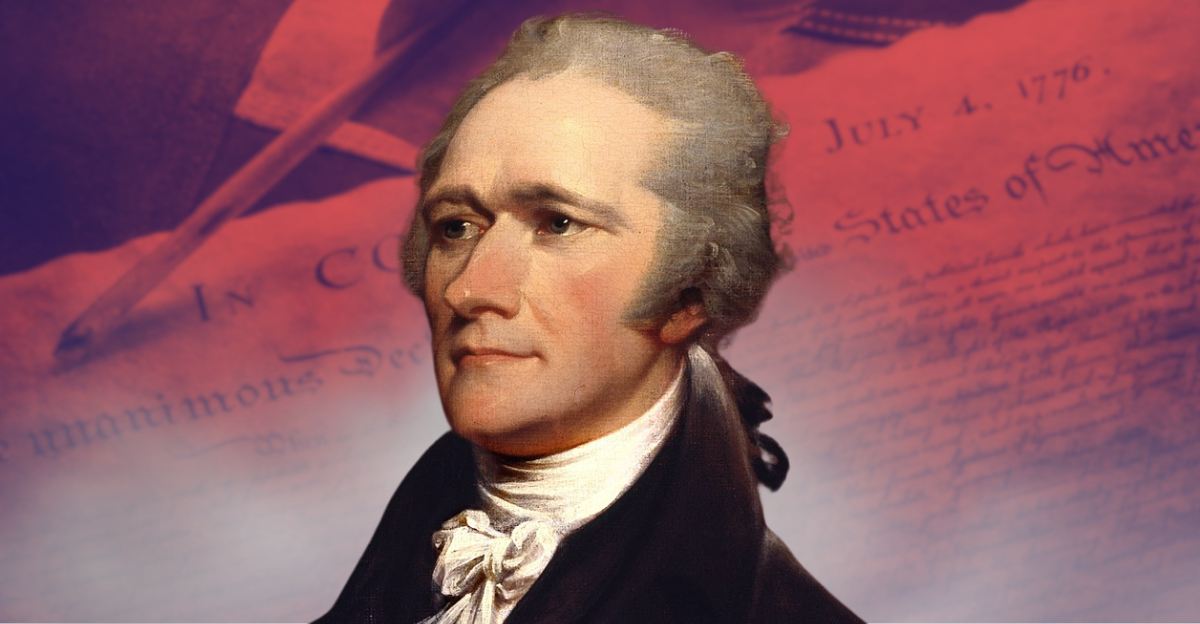
1. They Were Born Out Of Wedlock
One of Hamilton’s primary motivations was to rise above his station and make a long-lasting name for himself. This was especially difficult since, as per 18th-century values, even his birth marked him as “lower-class”. Born on January 11, in either 1755 or 1757, his mother and father, Rachel Lavien and James A Hamilton, weren’t married, making him and his older brother James Jr illegitimate.
Still, he wasn’t going to let outside forces dictate his life.
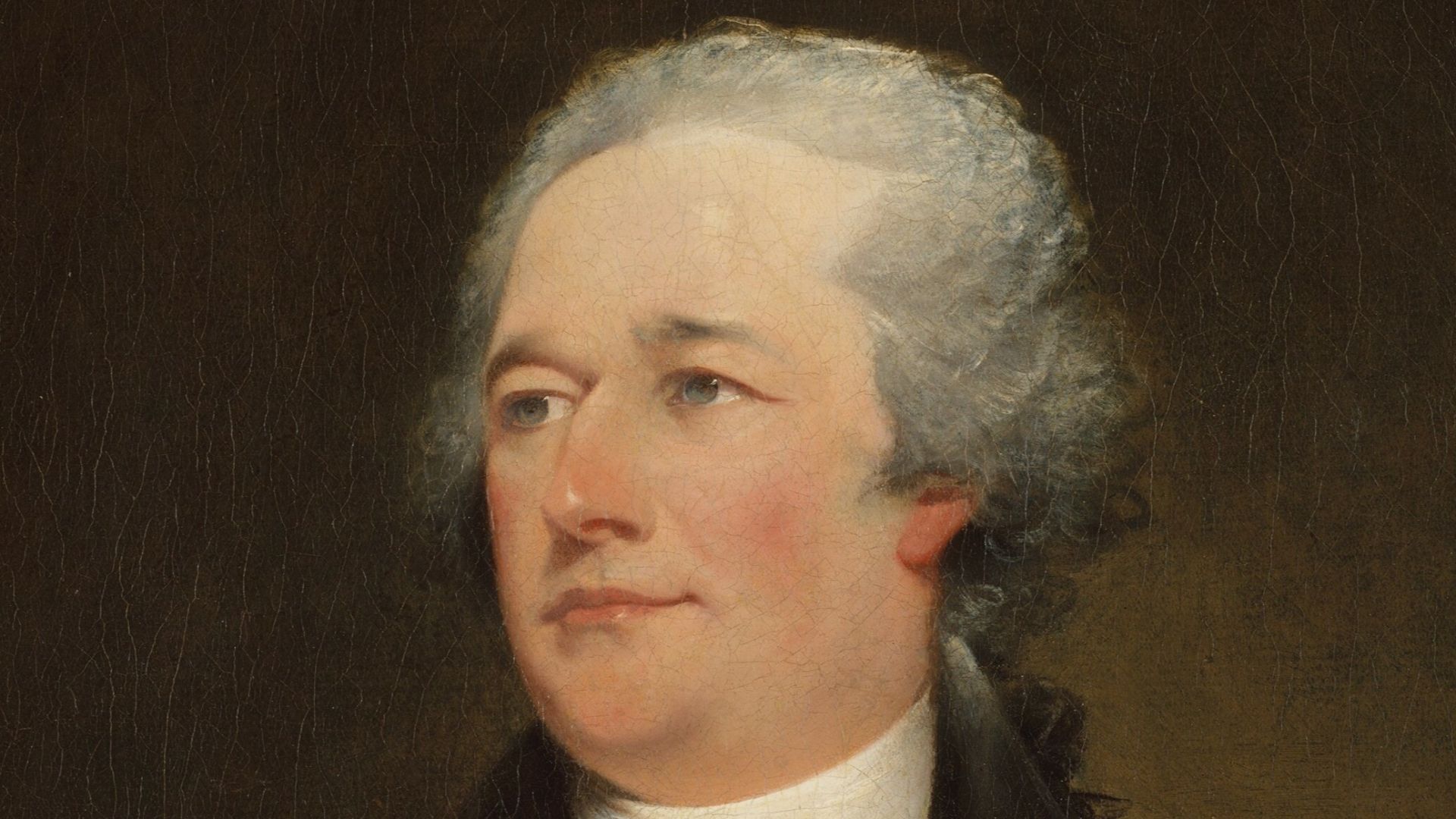 John Trumbull, Wikimedia Commons
John Trumbull, Wikimedia Commons
2. He Loved Learning
Alexander and his brother spent some time under the education of tutors and in a private school until circumstances made this impossible. However, even while learning from others, Alexander wasn’t content with that being the extent of his education. Using his family’s library of 34 books, he read and taught himself everything he could.
Sadly, he would experience tragedy at an early age.
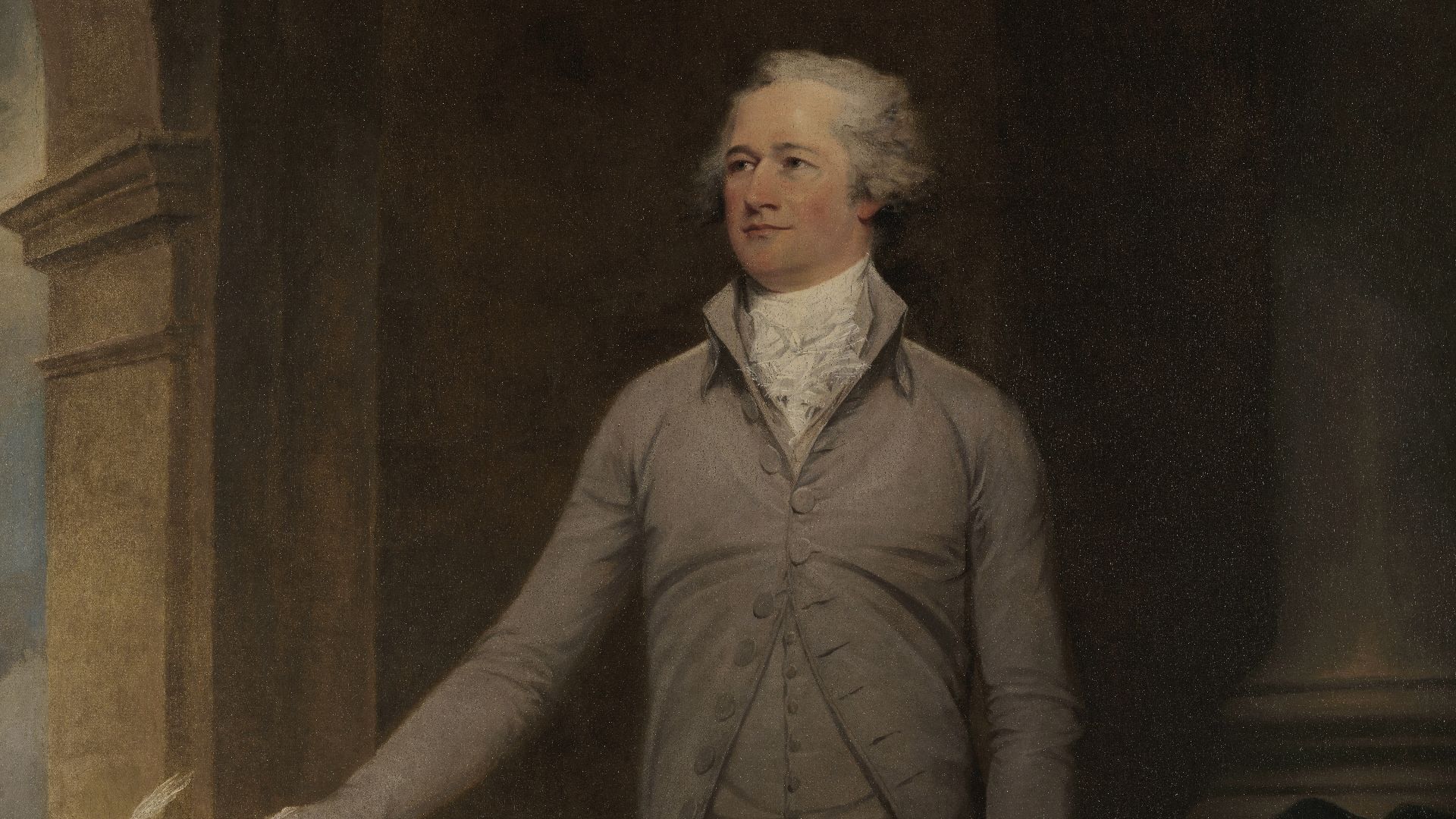 John Trumbull, Wikimedia Commons
John Trumbull, Wikimedia Commons
3. They Got Sick
While Alexander was still young, the family moved to another island, St. Croix. Alexander’s mother was still married, which prompted James A Hamilton to leave her in 1765, as continuing the relationship would risk her being charged with bigamy. Still, she and Alexander were in for more misery as they both developed a nasty case of yellow fever. Although he would survive, his mother would tragically succumbed to the sickness in 1768.
Once he recovered, though, he got right to work.
4. He Was Competent
A couple of years after their mother’s passing, Alexander and his brother parted ways. James Jr took a carpenter’s apprenticeship. Quite on the other end of things, Alexander took a job as a clerk for an import-export firm called Beekman and Cruger, impressing the owner so much that he left the boy in charge for five months in his absence.
Of course, this was only the first step to success.
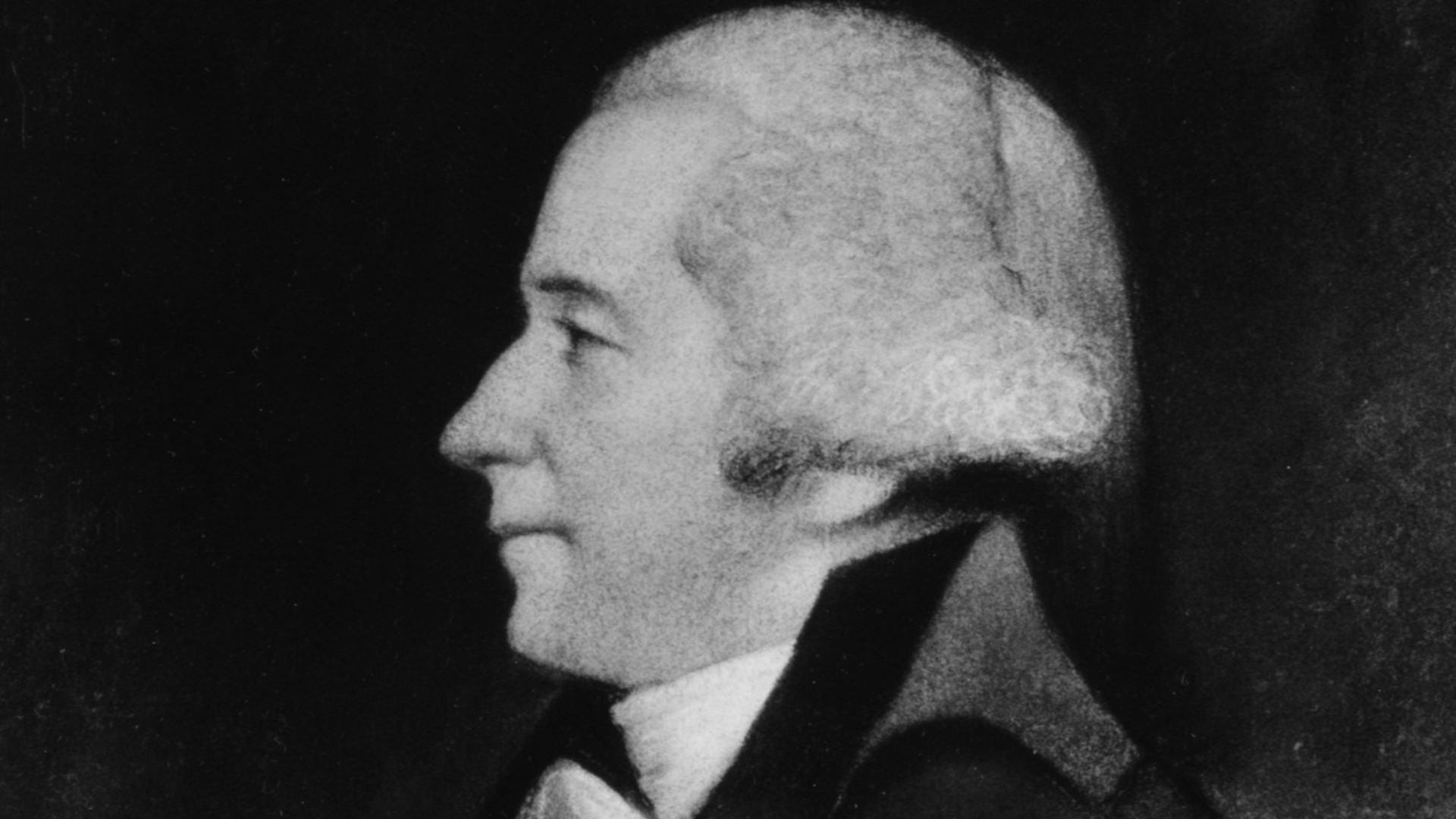 James Sharples / Ellen Sharples, Wikimedia Commons
James Sharples / Ellen Sharples, Wikimedia Commons
5. He Wrote To Him
Further disaster came in 1772, but this time to him and the rest of the town of Christiansted as a terrible hurricane rolled in and ravaged the area. Shortly after, Alexander penned a letter to his now-estranged father, which ended up as more of an essay, or what some later referred to as a “fire-and-brimstone sermon".
This unexpectedly led to great opportunities.
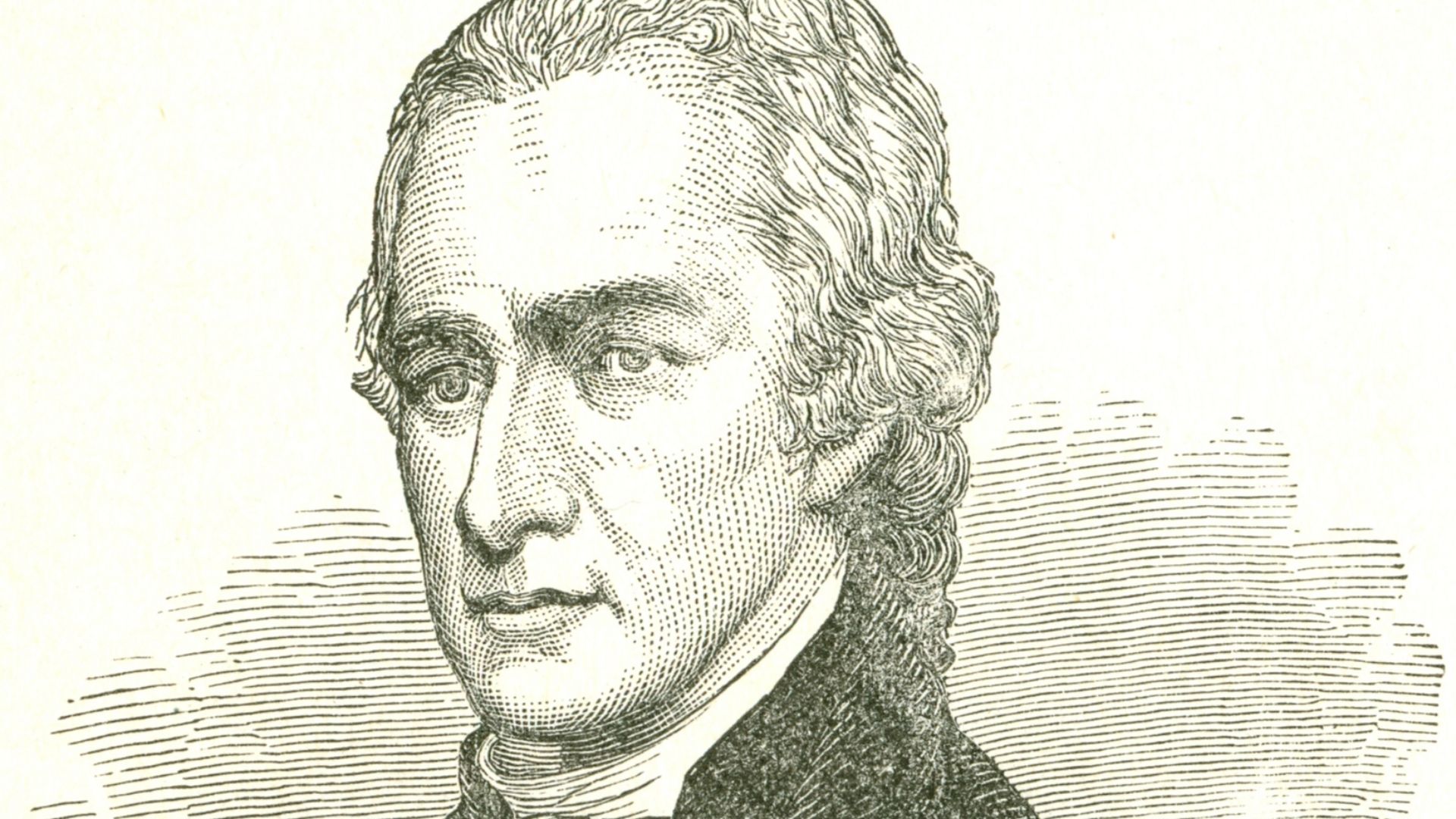 Political Graveyard from Ann Arbor, MI, Wikimedia Commons
Political Graveyard from Ann Arbor, MI, Wikimedia Commons
6. They Loved It
Alexander fell in love with reading and writing, and displayed this skill in his letter. He meant it only for his father, but someone else got their hands on it. His mentor, Reverend Hugh Knox, read it and was so thrilled that he sent it to a magazine for publishing. As more and more people read it, they decided to start a fund to send Alexander to the colonies for more schooling.
Finally, it was his time to rise.
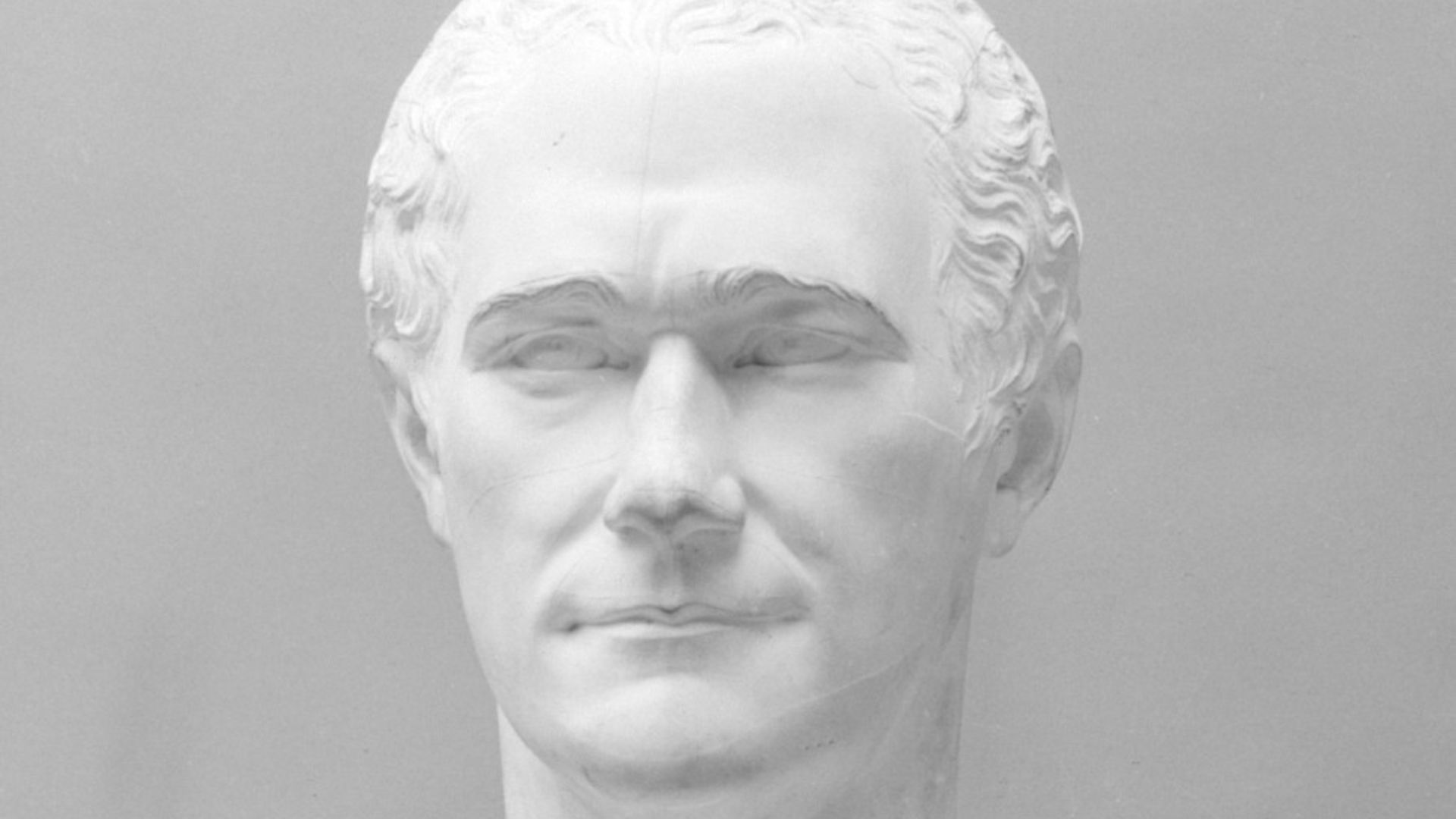 Giuseppe Ceracchi, Wikimedia Commons
Giuseppe Ceracchi, Wikimedia Commons
7. He Set Off
Alexander’s means to pay for school didn’t only come from the actual money his community donated, but also from cargo that he intended to sell. So with his plans before him, he boarded a ship to America in 1772. He first arrived in Boston, then boarded another vessel toNew York. There, he met a tailor named Hercules Mulligan, who helped him sell his goods (and who helped him with much more later on—but more on that later).
Now in the colonies, he continued to set himself up for major success.
8. He Went To School
After spending a year at a prep school in New Jersey, Hamilton followed in the footsteps of his new friend and enrolled in King's College, where Hercules Mulligan had attended. While in college, he continued to impress those around him, with his roommate praising how intelligently and eloquently Hamilton spoke about current issues.
He was just in time—the world around him was rapidly changing.
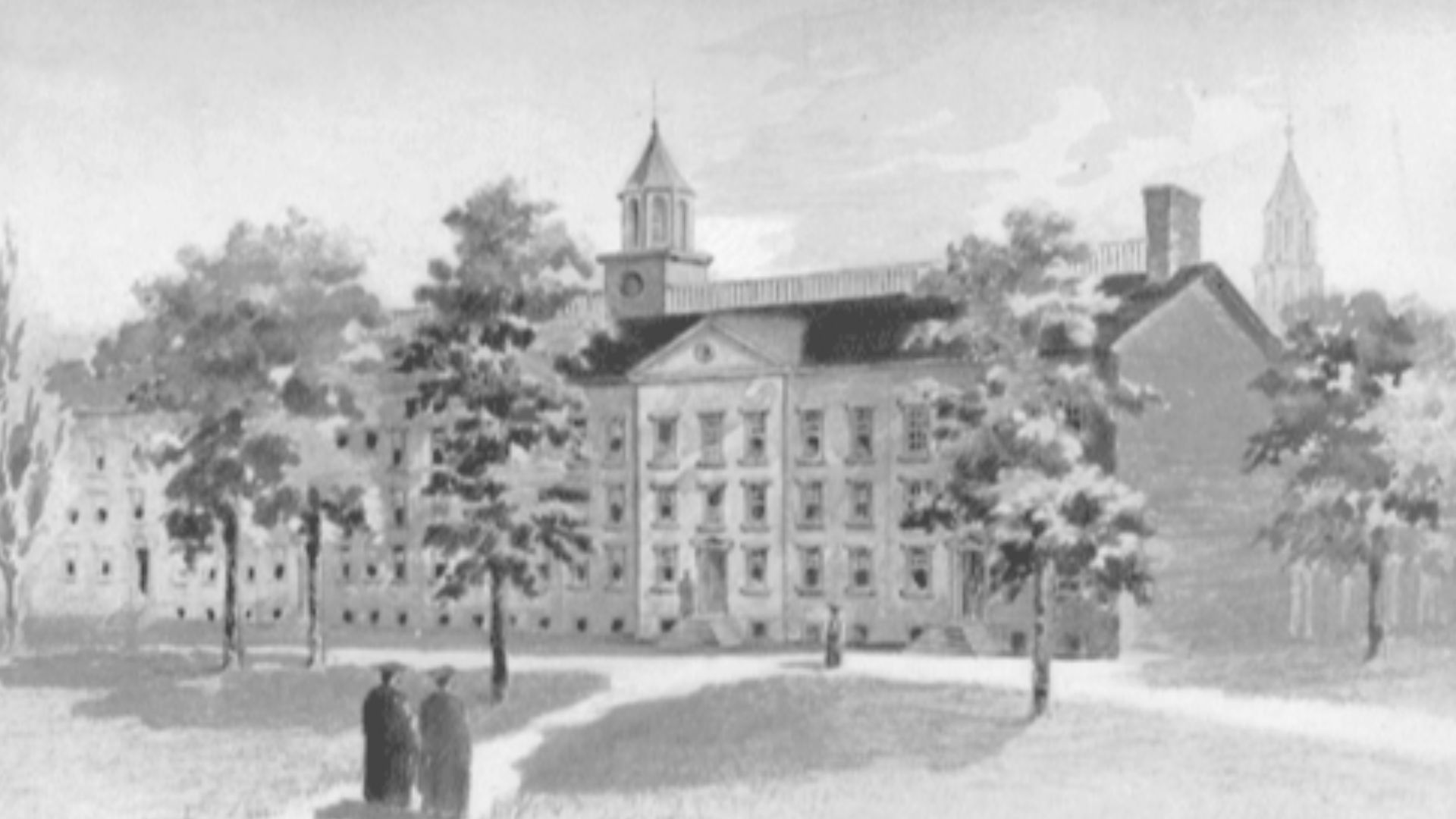 Charles Hemstreet, Wikimedia Commons
Charles Hemstreet, Wikimedia Commons

History's most fascinating stories and darkest secrets, delivered to your inbox daily.
9. He Supported Them
During his time at prep school, Alexander became exposed to the revolutionary mindset, quickly becoming an advocate of the Patriots’ cause. The American Revolution hadn’t begun, but dissent was spreading among the colonists, and Alexander was vocal about his support despite rebuking any mob aggression against the Loyalists.
Still, he felt primed for action.
10. They Joined Up
Of course, it wasn’t long before the American Revolution finally commenced, and Alexander knew he couldn’t stay out of it. Spurred on by the inciting Battles of Lexington and Concord, he and several other students signed up to serve with the Corsicans, a volunteer militia company in New York.
From then on, he was right in the thick of it.
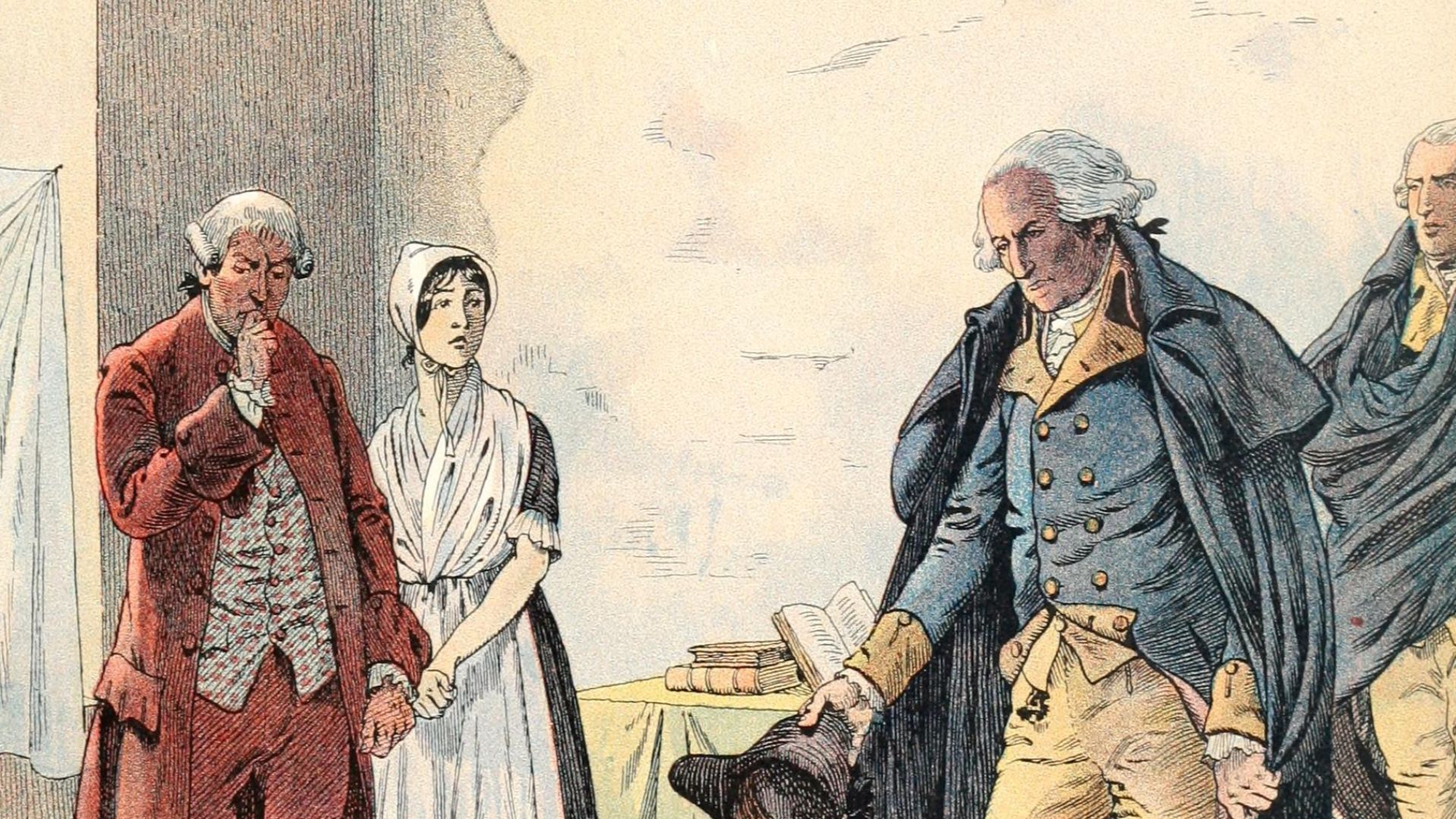 Hill, Frederick Trevor, 1866-1930; Job, 1858-1931, ill, Wikimedia Commons
Hill, Frederick Trevor, 1866-1930; Job, 1858-1931, ill, Wikimedia Commons
11. They Helped Out
In the summer of 1775, Hamilton and Mulligan worked together again as they fought against the British in Manhattan. Mulligan had joined the Sons of Liberty, and along with the Corsicans, they attempted to steal British cannons from the Battery. Despite overwhelming opposition—including fire from the nearby HMS Asia—they were successful.
Finally, Hamilton received a more official opportunity.
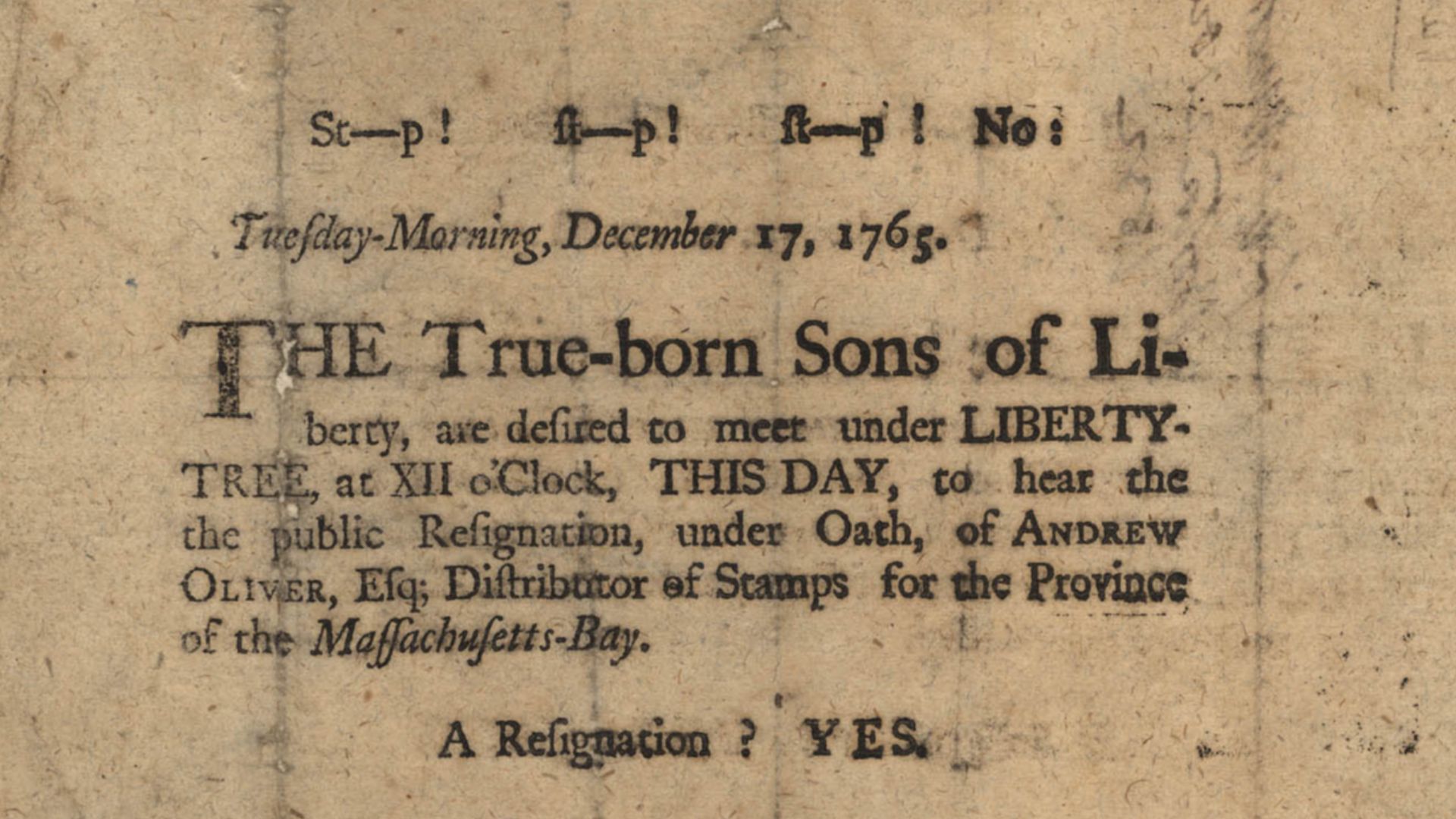 Sons of Liberty, Wikimedia Commons
Sons of Liberty, Wikimedia Commons
12. He Was Connected
Through his public support before the Revolution and valiant actions during the following conflict, Hamilton had met numerous prominent leaders. Seeing he was intelligent and capable, many of these men vouched for him, and the government soon commissioned him to create and captain the New York Provincial Company of Artillery.
But by this point, Hamilton had many options to choose from.
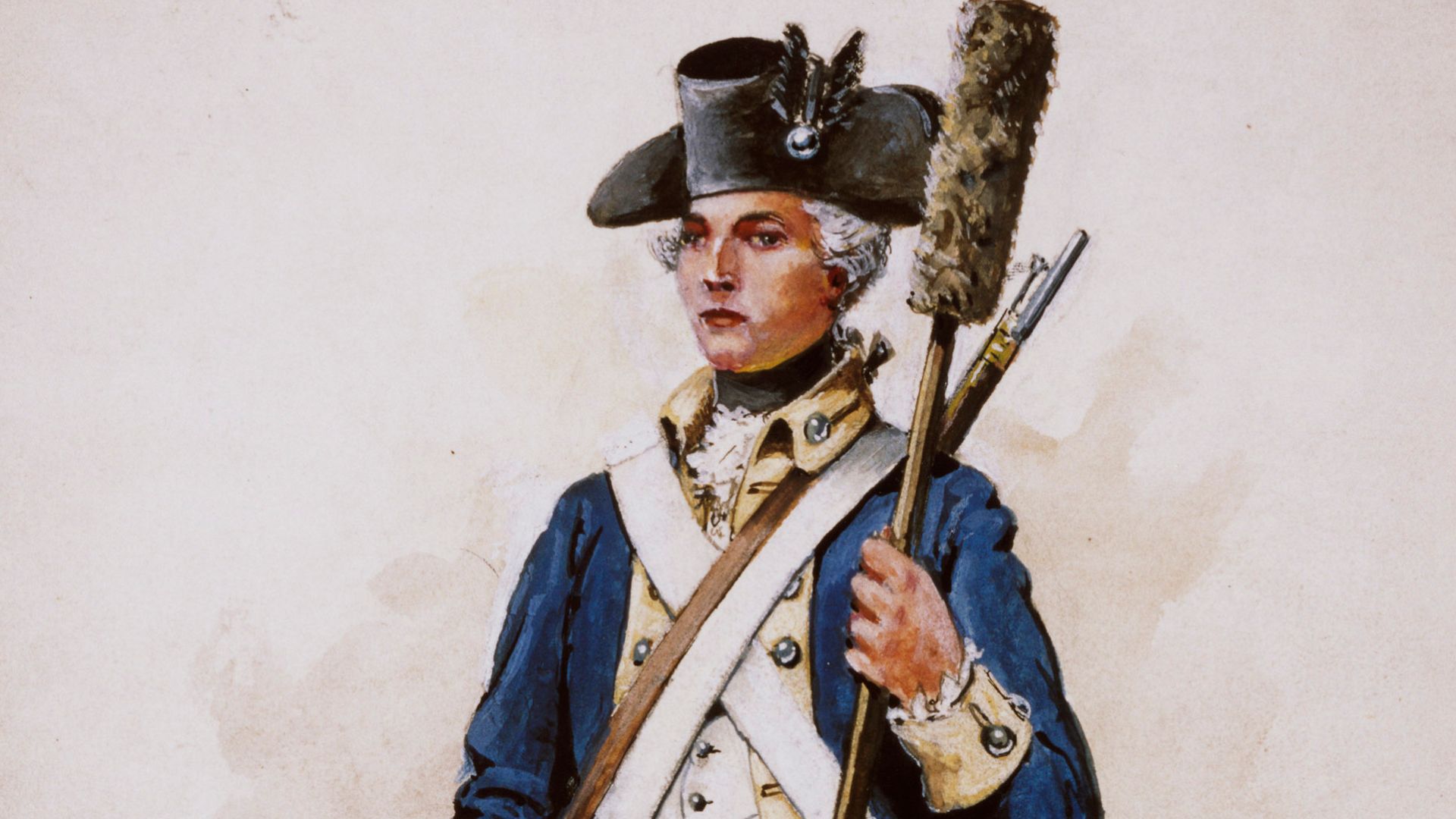 Unknown author or not provided, Wikimedia Commons
Unknown author or not provided, Wikimedia Commons
13. He Said No
After a few more early battles, Hamilton continued to bolster his reputation until he received several promising requests. Generals like Nathanael Greene and Lord Stirling offered him a position as an aide, but Hamilton had no interest in anything like that. In his mind, the only way to rise above his station was through physically fighting in the revolution.
Of course, there was one man he couldn’t say no to.
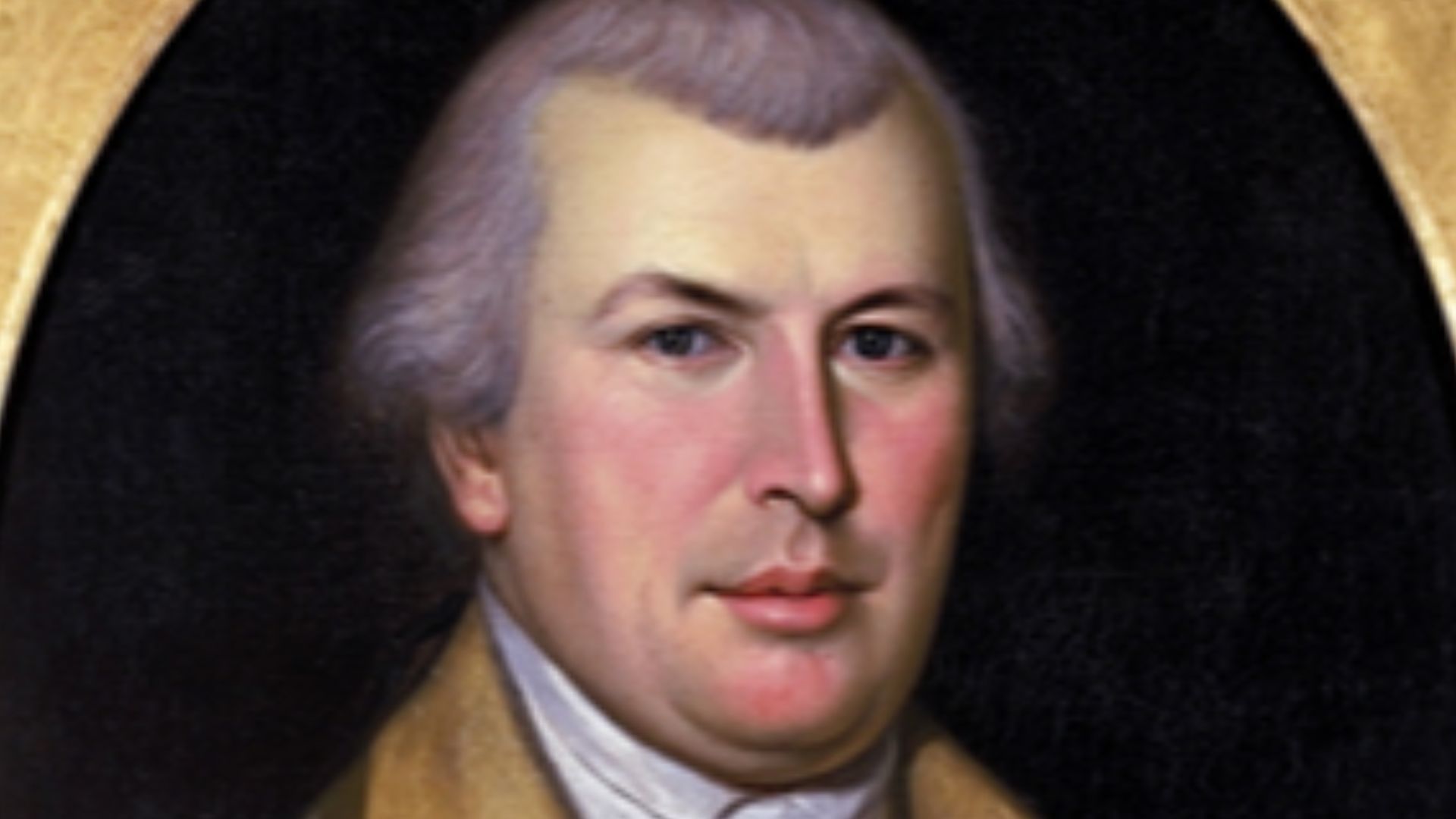 Charles Willson Peale, Wikimedia Commons
Charles Willson Peale, Wikimedia Commons
14. He Couldn’t Refuse
Hamilton may have believed he was fit for much more than being a mere aide, but that changed when he received an invitation from the highest in the land—George Washington. The president-to-be saw the potential inside Hamilton, who accepted the offer along with the rank of lieutenant colonel that accompanied it.
This was no easy job, however.
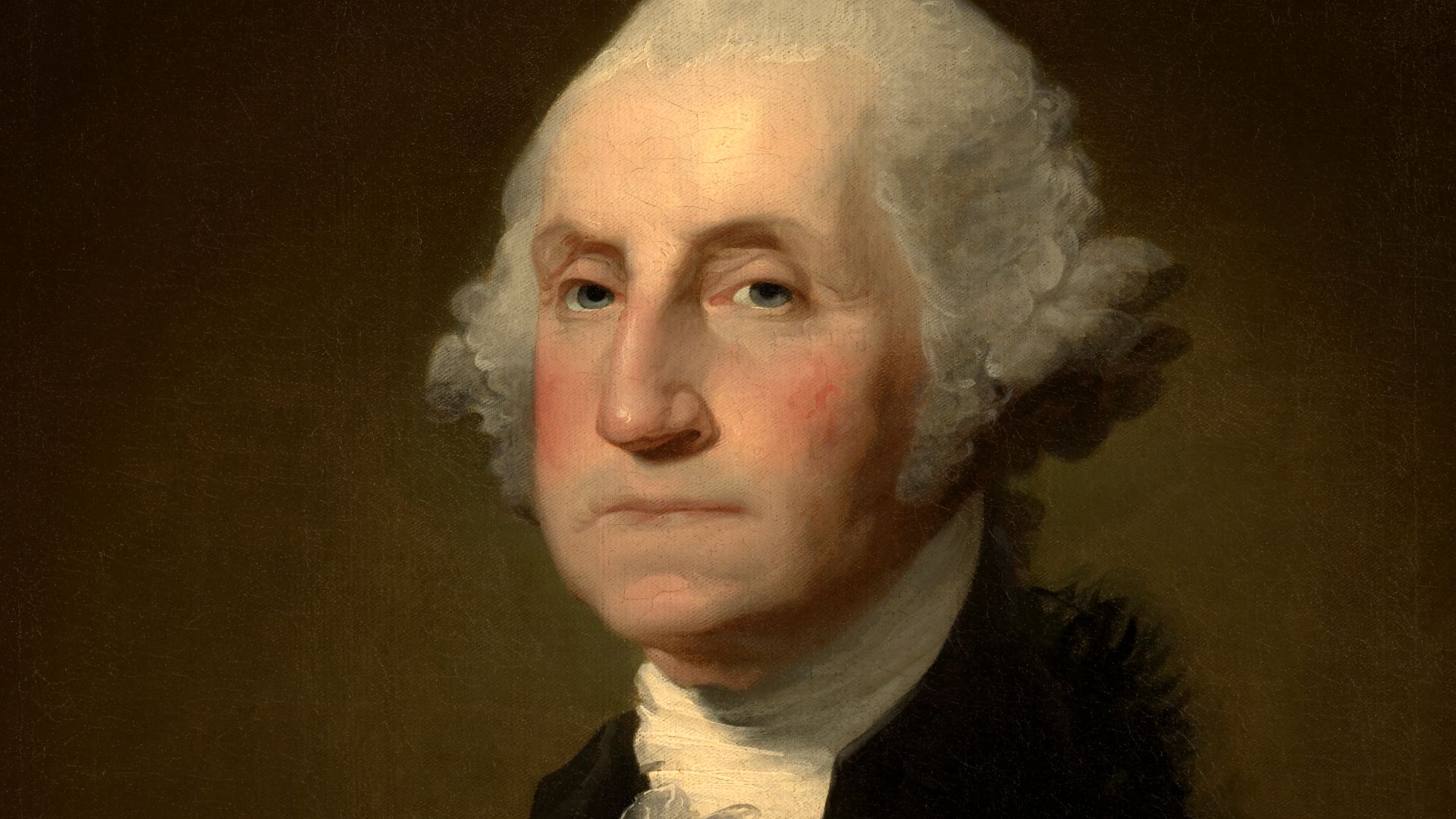 Gilbert Stuart, Wikimedia Commons
Gilbert Stuart, Wikimedia Commons
15. He Took Responsibility
While the position of Washington’s aide sounds like Hamilton was simply arranging appointments and getting the general coffee, he had to navigate many severe situations. As Washington’s representative, he drafted his letters, negotiated with the Continental Congress, and issued orders in his name.
In the meantime, though, it turns out he wasn’t doing too badly in his personal life...
16. He Met The One
Hamilton met many high-society people, but not all were Lords or Generals. After a brief meeting once before, Alexander again saw Elizabeth Schuyler, the daughter of General Philip Schuyler. Although this was while Alexander was briefly stationed in Morristown, New Jersey, in 1780, they kept up correspondence after he left.
Soon enough, they took the next step.
17. They Became A Family
After only a matter of months, and likely a few lengthy discussions with Philip Schuyler, the two took things all the way. Hamilton and Elizabeth Schuyler married on December 14, 1780, with her father’s blessing. Two years later, they welcomed the first of their children, Philip, and Elizabeth would have eight children between then and 1802.
Of course, his connection with her wasn’t the only meaningful one he made.
18. He Made Friends
Not all of Hamilton’s relationships with others in the revolution were strictly professional, and he came out of it with a few lasting friendships that became even more important in his later years. Apart from Mulligan, he became quite close with officers like John Laurens and the Marquis de Lafayette. On the flip side, though, another friendship of his was growing quite strained.
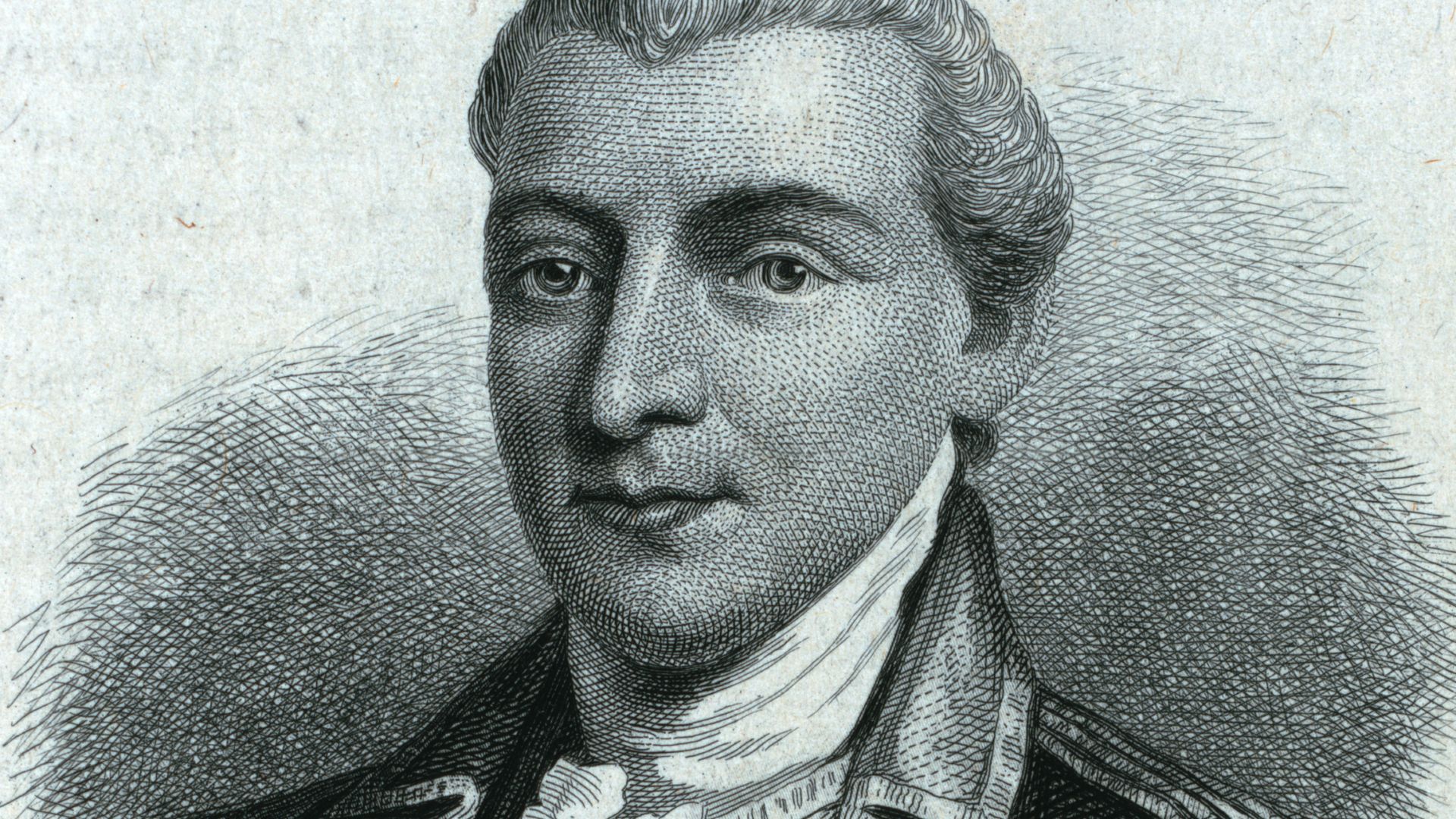 Scan by NYPL of etching by Hall, Henry Bryan (1808-1884) (Etcher), Wikimedia Commons
Scan by NYPL of etching by Hall, Henry Bryan (1808-1884) (Etcher), Wikimedia Commons
19. They Had A Falling Out
Although his position was one that many would gladly serve in, Hamilton wasn’t happy. He begged Washington to give him command in the Continental Army so that he might achieve glory in battle, but was only met with refusal. Tensions boiled over when the general admonished him in 1781 over something relatively small, causing a rift between them.
Needless to say, Hamilton needed some time.
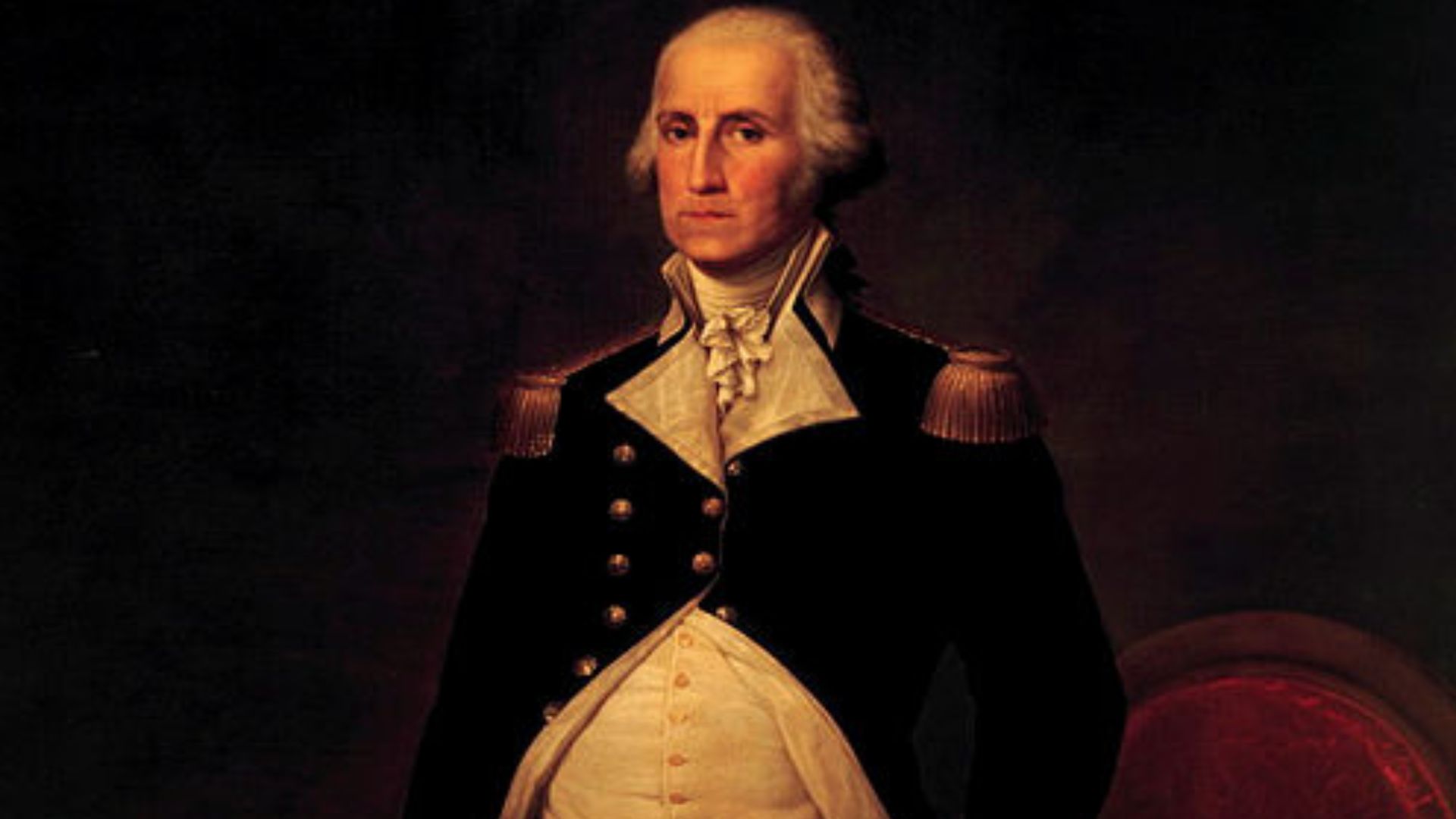 Luis Cadena, Wikimedia Commons
Luis Cadena, Wikimedia Commons
20. He Left
Still considering Hamilton his friend, Washington attempted to make things right following their minor altercation. However, the damage had been done, and Hamilton made up his mind to leave the general’s staff. After officially resigning the following month, he continued pestering Washington for a command and went to other generals when he kept refusing.
Before too long, he finally got what he wanted...
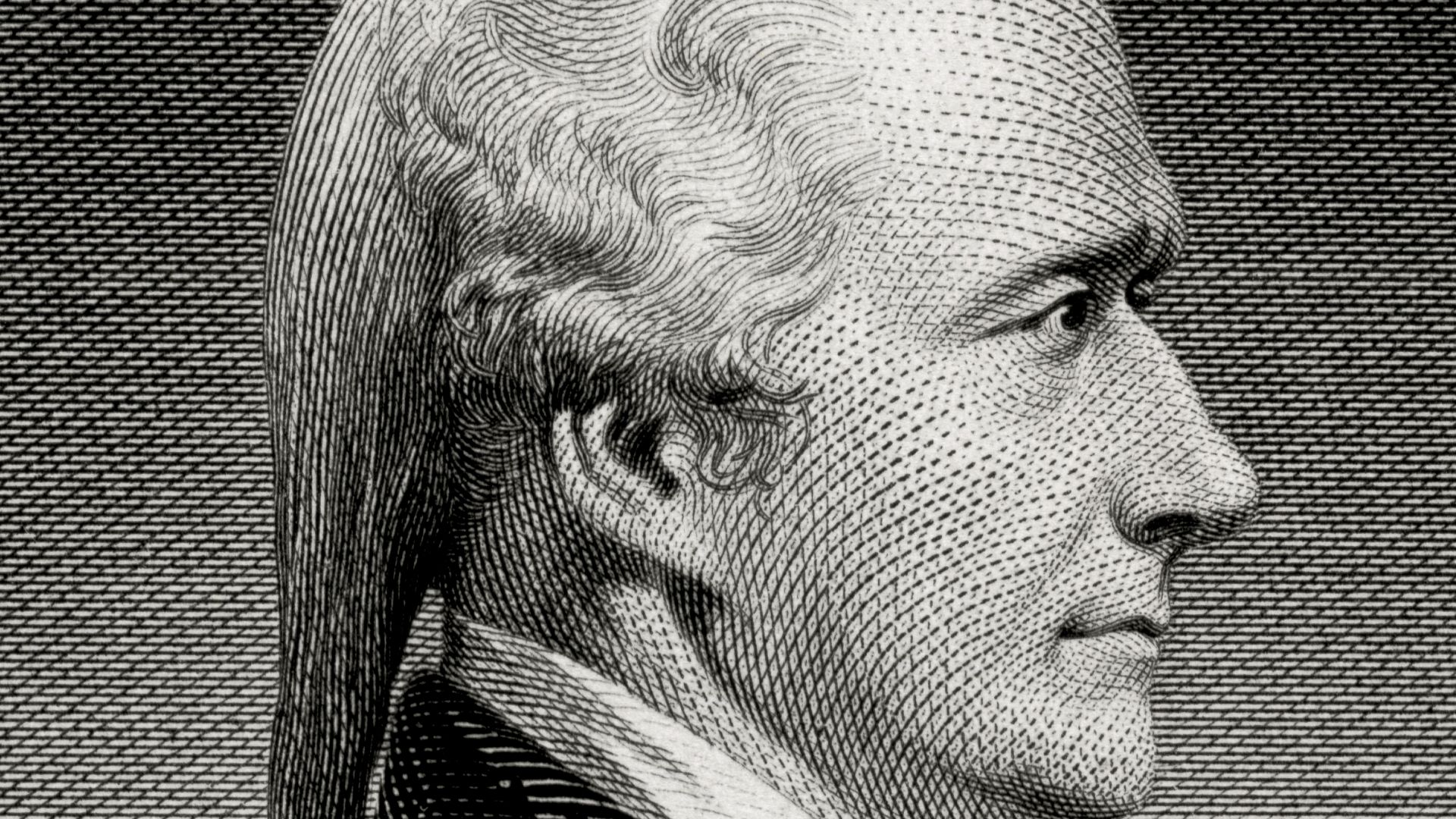 The Bureau of Engraving and Printing, Wikimedia Commons
The Bureau of Engraving and Printing, Wikimedia Commons
21. He Was Given Command
Hamilton was relentless in pursuing a field command, going so far as to threaten resignation from his commission as lieutenant colonel. By mid-1871, Washington realized he had no choice but to grant Hamilton’s wish and gave him command of a battalion made up of several companies from the 1st and 2nd New York Regiments and Connecticut.
Fortunately, he was just in time for the most decisive moment of the revolution.
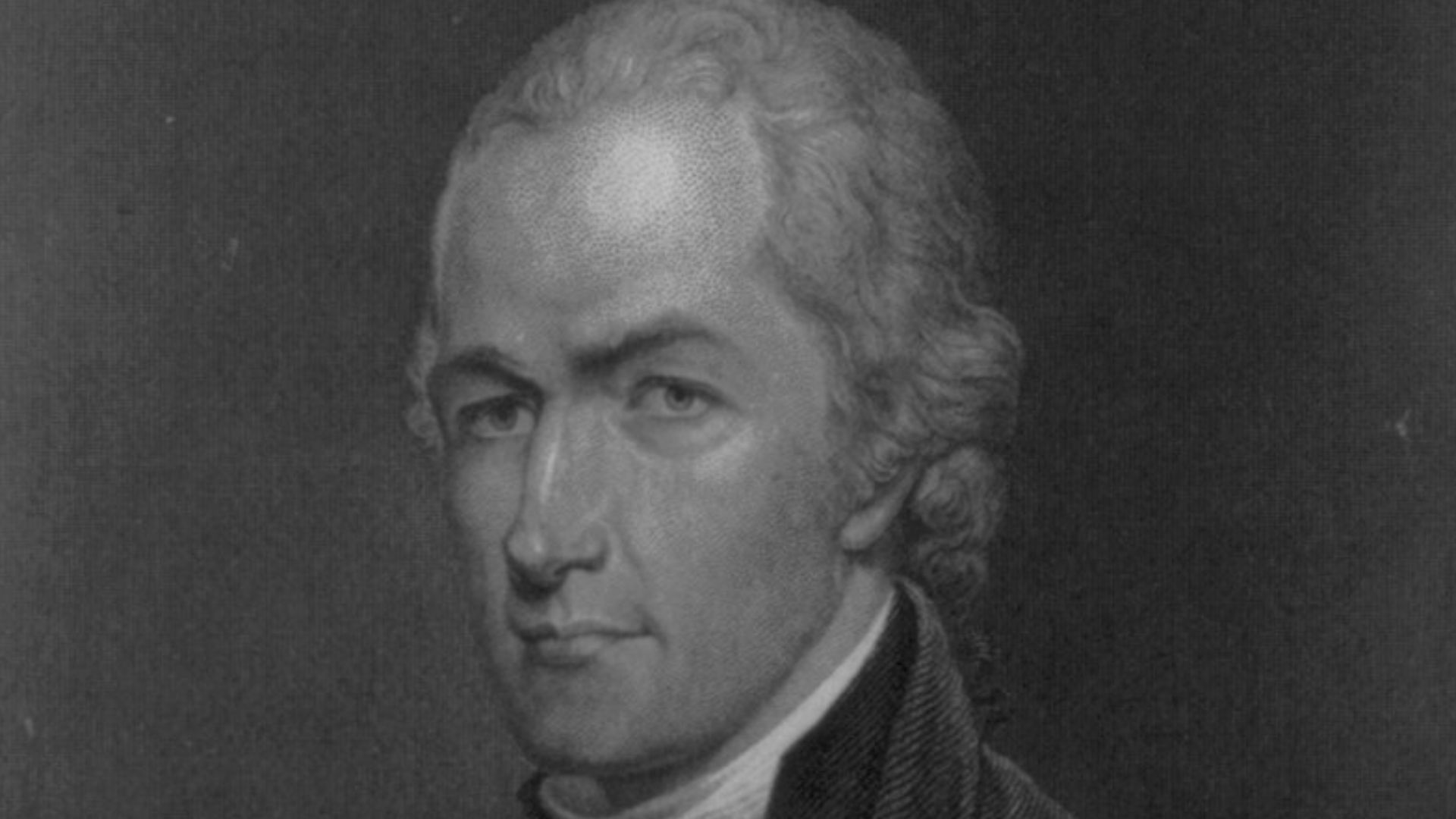 Miscellaneous Items in High Demand, PPOC, Library of Congress, Wikimedia Commons
Miscellaneous Items in High Demand, PPOC, Library of Congress, Wikimedia Commons
22. They Were Careful
In September 1781, the time came for Hamilton to truly prove his quality when the Continental Army planned to launch a siege of the British-held Yorktown. Leading three battalions, he and his men silently took Redoubt No 10 of the British fortifications at night, only using bayonets to avoid accidental gunfire. This was integral to the American victory and, subsequently, the end of the American Revolution.
In a surprising turn though, once he secured this victory, he took a notable step back.
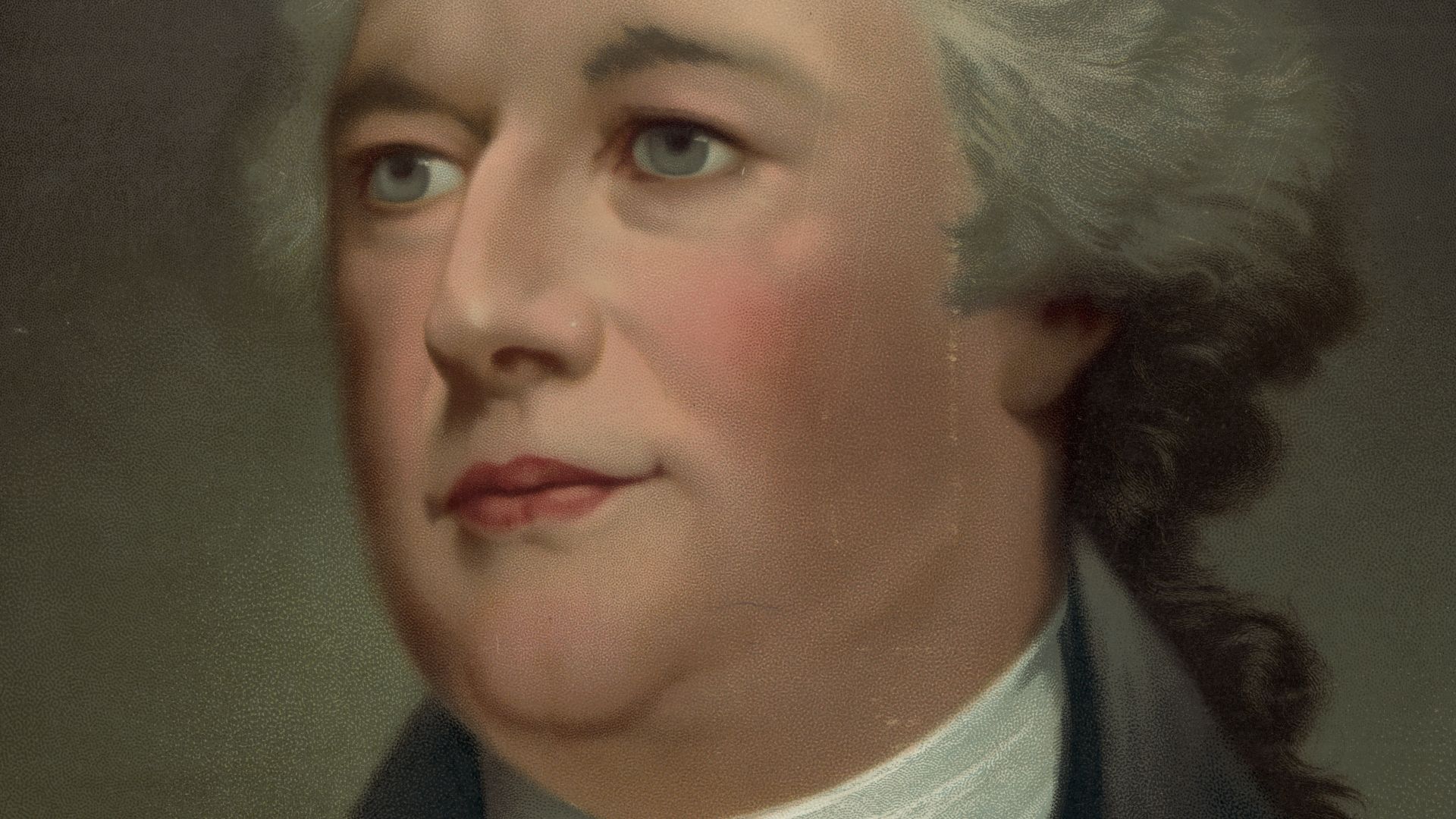 Popular Graphic Arts, Wikimedia Commons
Popular Graphic Arts, Wikimedia Commons
23. He Passed
After the end of the Revolution, Hamilton was content to resign his commission and go back to New York, but this didn’t mean he had finished fighting for his country. Preferring to do it on a more political landscape, he studied and passed the bar in July 1782, receiving a license to represent cases in the Supreme Court of New York several months later.
This paid off with a brand new opportunity.
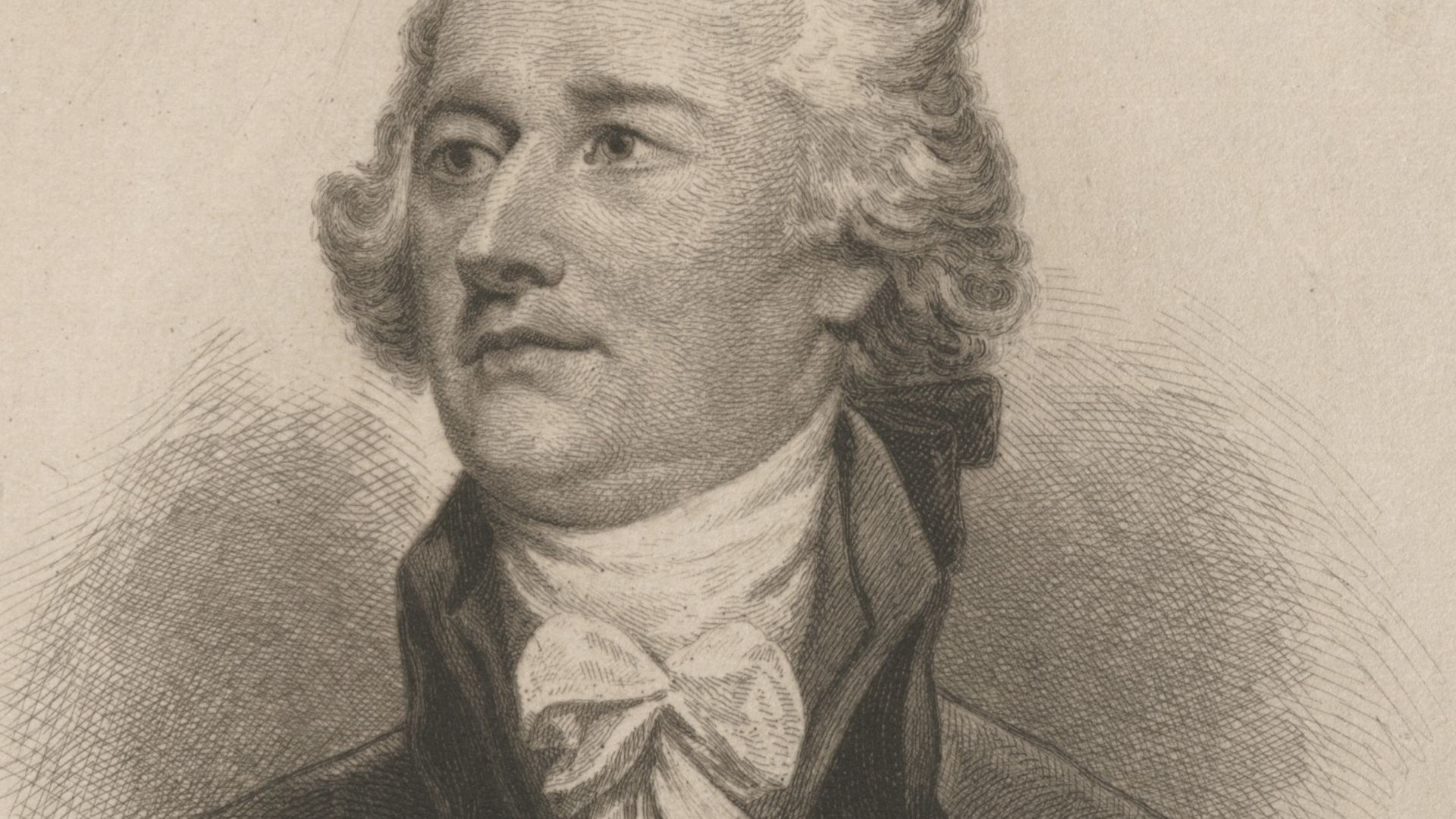 Scan by NYPL, Wikimedia Commons
Scan by NYPL, Wikimedia Commons
24. He Had Reservations
Up to this point, Hamilton’s opinions of the Continental Congress and its new successor, the Congress of the Confederation, were mostly negative. He believed everything wrong with the governing body stemmed from a simple desire for power. Nevertheless, he was soon appointed the New York representative for Congress that July.
Understandably, this wouldn’t last.
 Smith Collection/Gado, Getty Images
Smith Collection/Gado, Getty Images
25. He Quit
Unfortunately, Hamilton’s criticisms and fears about Congress were validated during his term as a delegate. Financial negotiations between Congress and the various states had broken down, which led to several conflicts, especially with those in the army who hadn’t received their pay. By 1783, Hamilton had had enough and resigned from Congress.
However, he was by no means done with America’s politics.
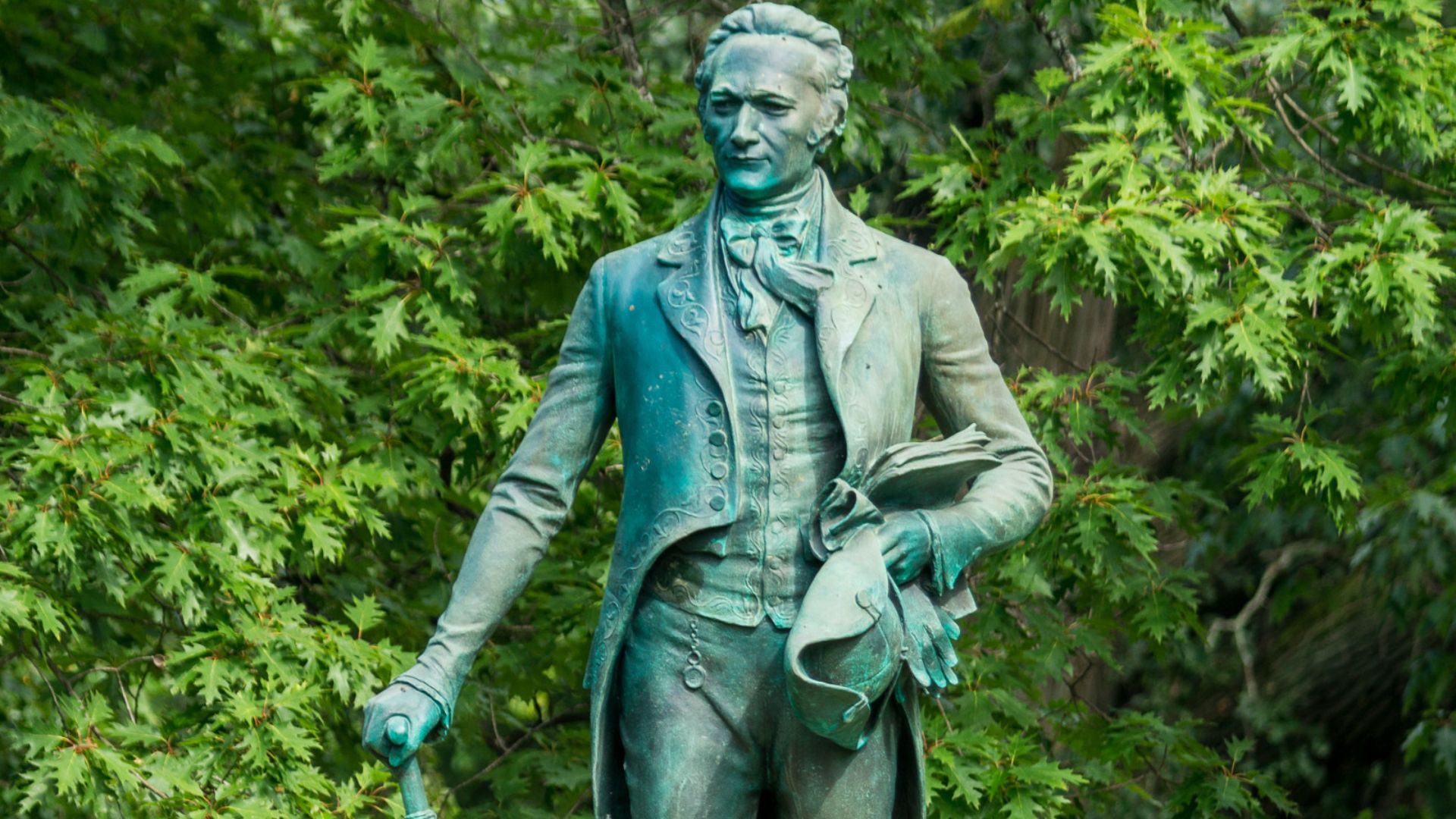 Kenneth C. Zirkel, Wikimedia Commons
Kenneth C. Zirkel, Wikimedia Commons
26. He Opened The Conversation Up
Hamilton strived for real change during the 1786 Annapolis Convention, hoping to fix the Articles of Confederation, which he saw as problematic. He envisioned a more effective federal government and drafted a report in favor of a constitutional convention, which included more state delegates so they could really hammer out the deep-seated issues.
As always, he was very convincing.
27. He Was Chosen
The following year, the Constitutional Convention that Hamilton had championed occurred in May, after multiple tries to reach a quorum of state representatives. Having served in the New York State Legislature, he became a New York delegate for the Convention, chosen by his father-in-law, Philip Schuyler.
Of course, not all of his ideas were well-received.
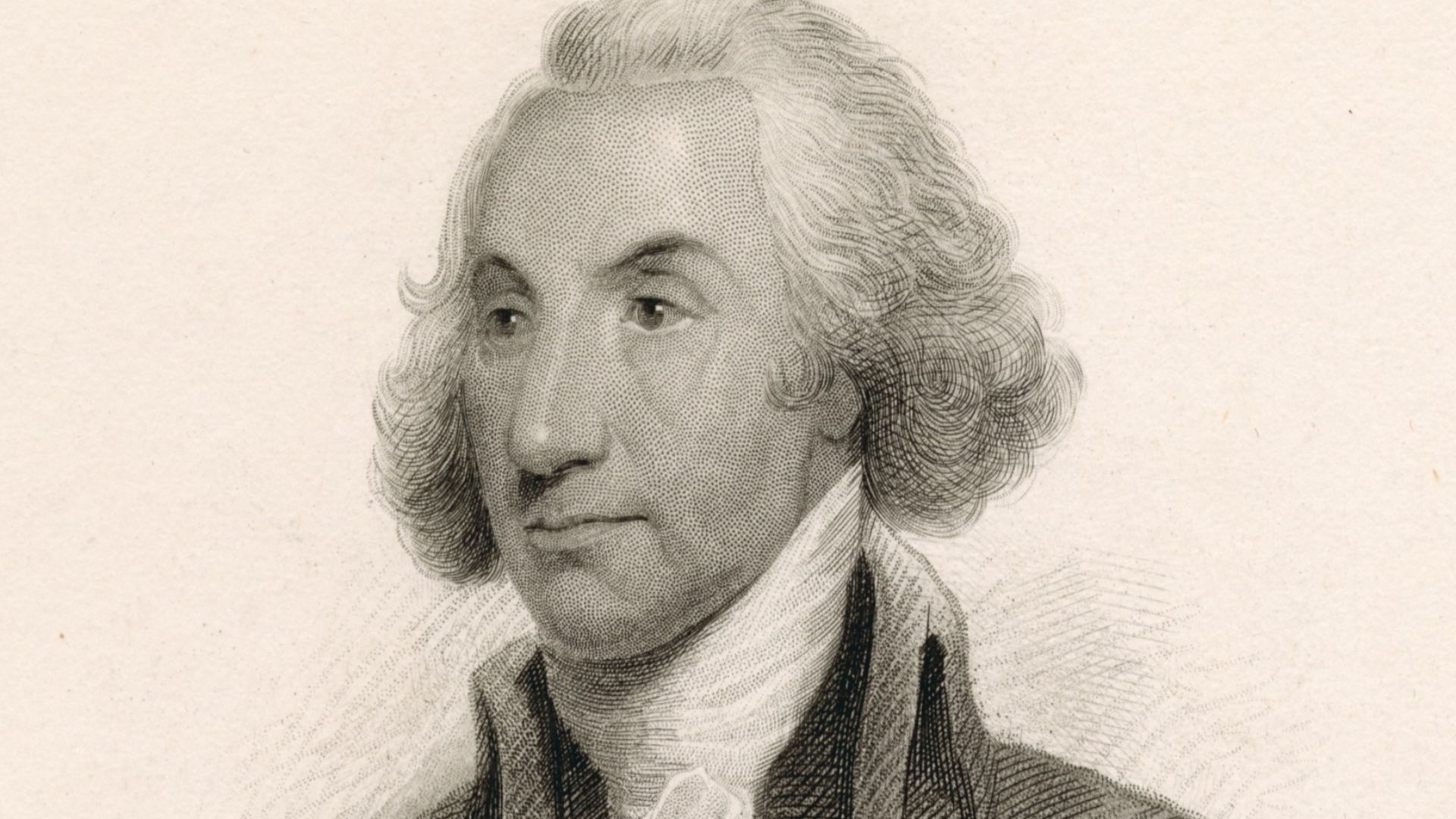 Scan by NYPL, Wikimedia Commons
Scan by NYPL, Wikimedia Commons
28. He Proposed Something New
One of the most significant topics discussed during the Convention was the issue of what the national government would look like going forward, and who would sit at its helm. Hamilton had a surprisingly unoriginal idea. In his opinion, the country should elect a president who would serve for life (much like British royalty), while also being subject to removal in the case of corruption.
Suddenly, he wasn’t so beloved.
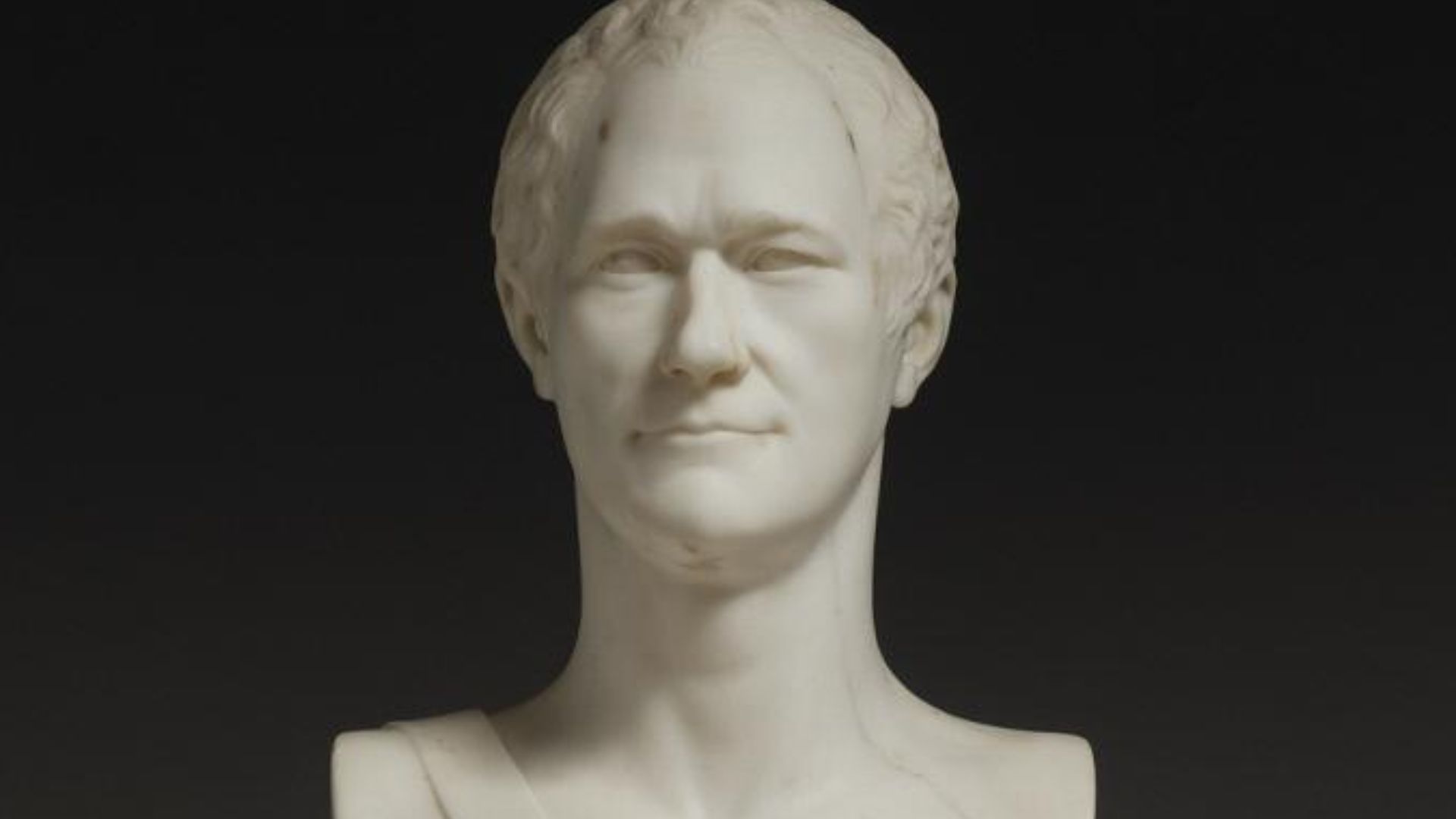 Giuseppe Ceracchi, Wikimedia Commons
Giuseppe Ceracchi, Wikimedia Commons
29. They Turned On Him
At best, others brushed off Hamilton’s push for this new type of government. However, for those such as James Madison, the proposal amounted to that of a monarchist sympathizer, and a means to give power only to the “rich and well born”. Madison’s opinions spread until many other delegates spurned Hamilton as well.
As such, he didn’t get his way.
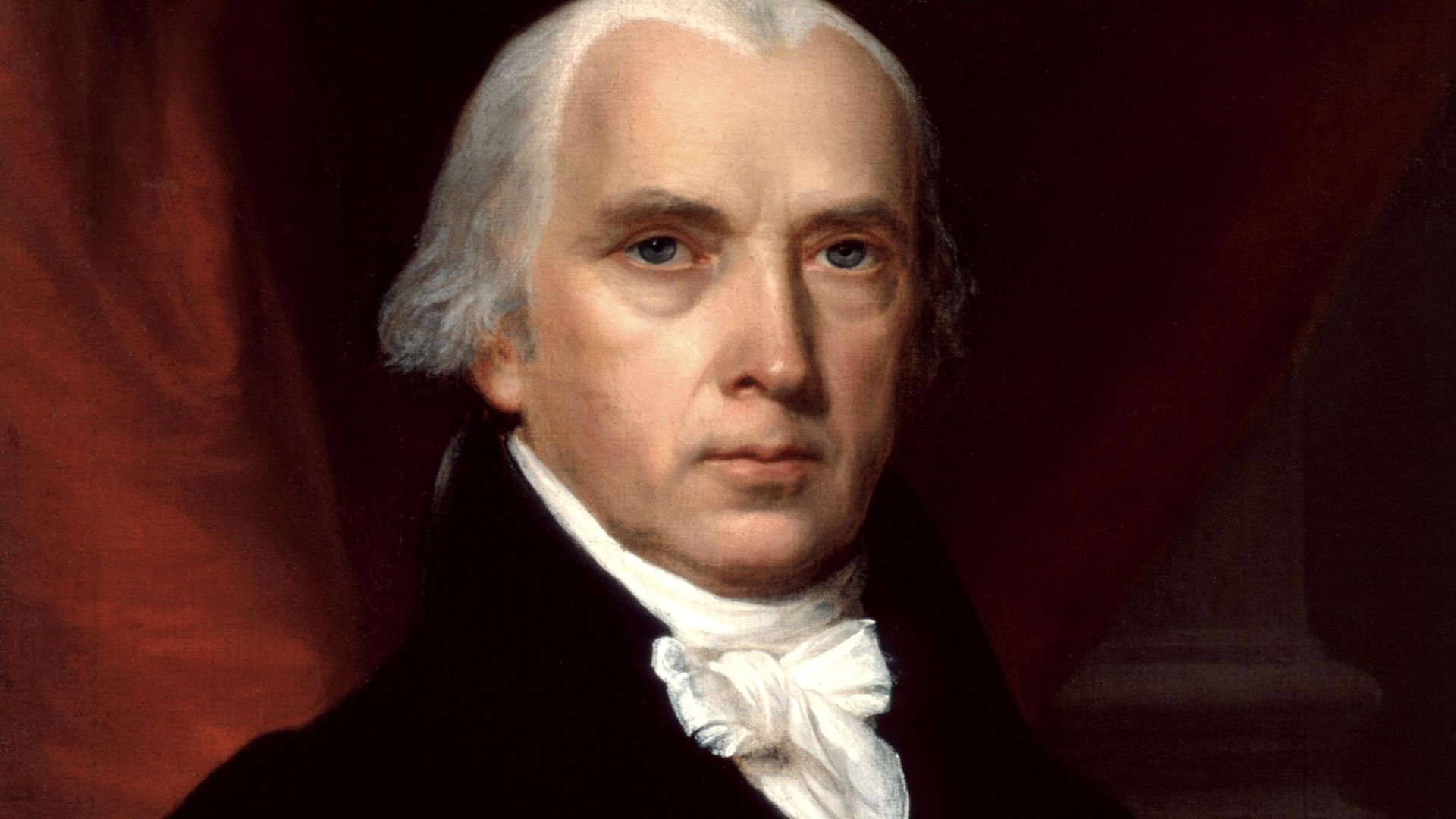 John Vanderlyn, Wikimedia Commons
John Vanderlyn, Wikimedia Commons
30. He Relented
Beyond a few of these proposals, Hamilton played a much smaller part in the proceedings of the Constitutional Convention. Additionally, he maintained some reservations about the finalized Constitution, but still viewed it as a much-needed improvement over the Articles of Confederation and signed it.
Furthermore, when push came to shove, he tried his best to defend the document.
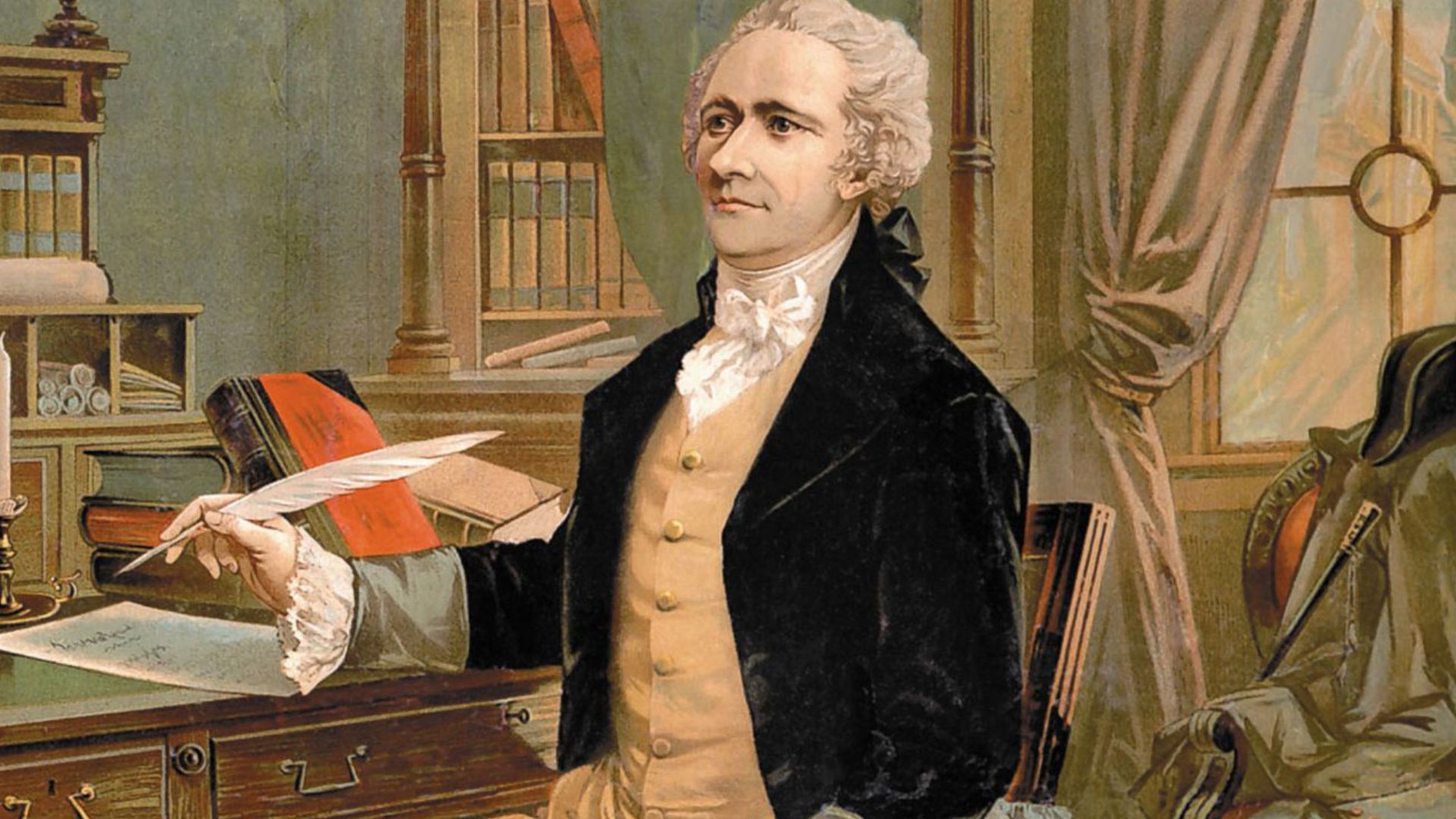 Hamilton Buggy Company, Wikimedia Commons
Hamilton Buggy Company, Wikimedia Commons
31. They Collaborated
Hamilton and the other delegates had signed the new US Constitution, but the states still needed to ratify it, and not everyone was on board. So, although Madison had proven to be a staunch opponent to him personally, Hamilton made a surprisingly humble request. Hamilton enlisted his and John Jay’s help in drafting 85 essays called The Federalist Papers supporting the Constitution.
Following this, he took another position of great importance.
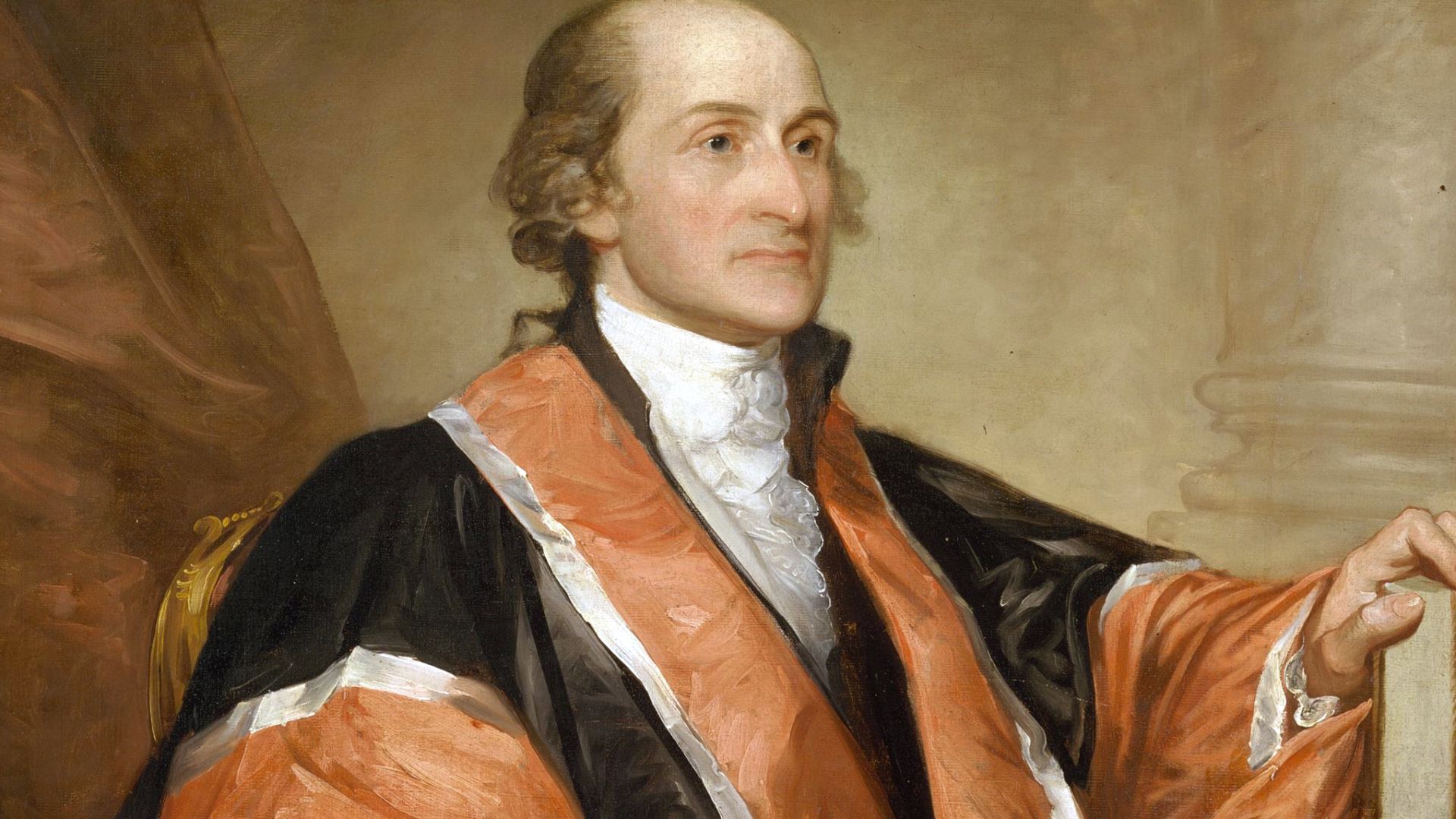 Gilbert Stuart, Wikimedia Commons
Gilbert Stuart, Wikimedia Commons
32. He Picked Him Again
Hamilton continued to show his unwavering commitment as he fought for the Constitution, which was later ratified on June 21, 1788, and Washington remained impressed. Having begun his appointment as the first President of the United States, Washington then asked Hamilton to fill the position of Secretary of the Treasury, which Hamilton accepted.
He had big plans for the country's money.
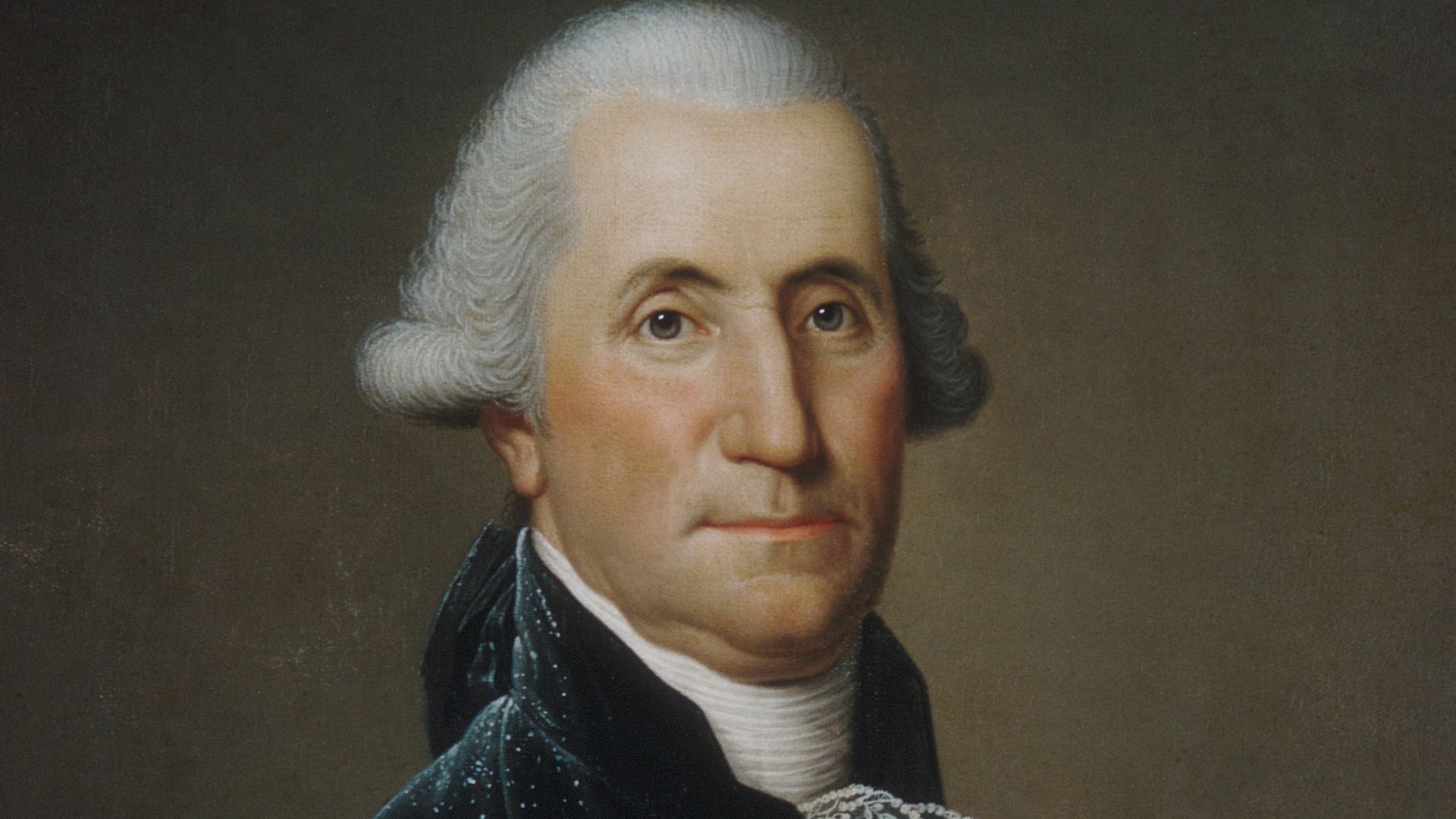 Adolf Ulrik Wertmuller, Wikimedia Commons
Adolf Ulrik Wertmuller, Wikimedia Commons
33. They Disagreed
Tasked with creating a strategy to improve public credit, one of Hamilton’s first designs separated America’s debt into what qualified as “state” debt and “national” debt. Within that, he also categorized the national debt into foreign and domestic, the latter of which caused the most controversy.
Still, Hamilton continued to push.
34. He Had A Solution
Concerning the issue of debts held by the states, Hamilton posited a suggestion that again caused some backlash. He believed that, rather than depend on each state to pay its debt individually, it would be more practical to consolidate them with the national debt under the designation of “federal debt”.
Meanwhile, the accusations of him being a monarchist were growing.
 Rusty Clark ~ 100K Photos, Flickr
Rusty Clark ~ 100K Photos, Flickr
35. His Idea Was Similar
Hamilton explored the concept of an American national bank for a while and soon issued a report in its favor. He believed the model for this bank would be infallible, but at the same time, others pointed out its similarities to that of the Bank of England. However, one major change was that Hamilton’s model diminished the government’s involvement in public debt.
Naturally, some fought against this.
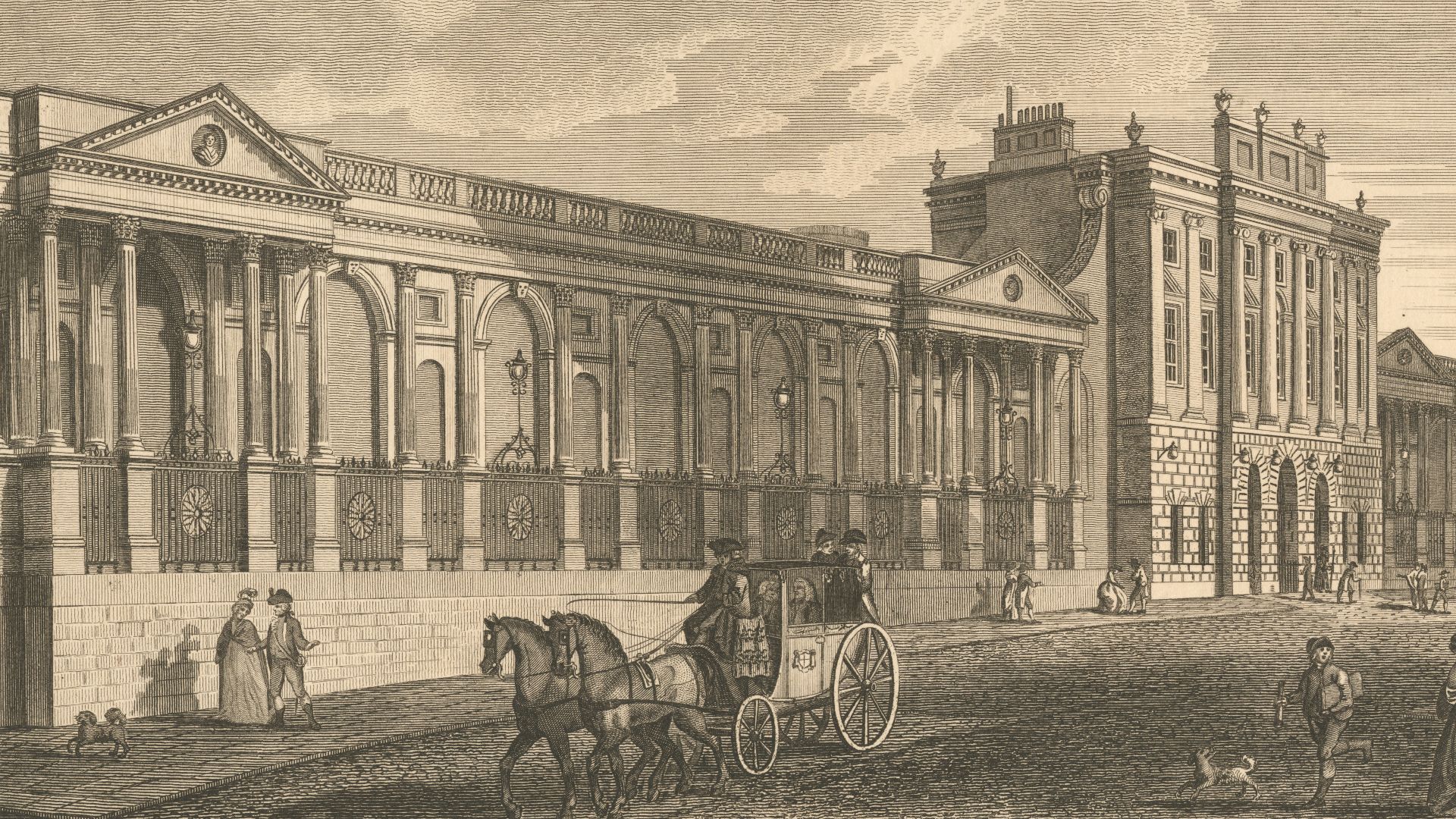 Scan by NYPL, Wikimedia Commons
Scan by NYPL, Wikimedia Commons
36. They Pushed Back
Although the Senate seemingly had no problem with Hamilton’s vision for navigating America’s debt, the plan’s opposition quickly grew. Namely, Madison and Secretary of State Thomas Jefferson rejected the idea of a national bank, believing the rising sentiment that the system only benefited those in the Northeast.
This led to more than a simple disagreement.
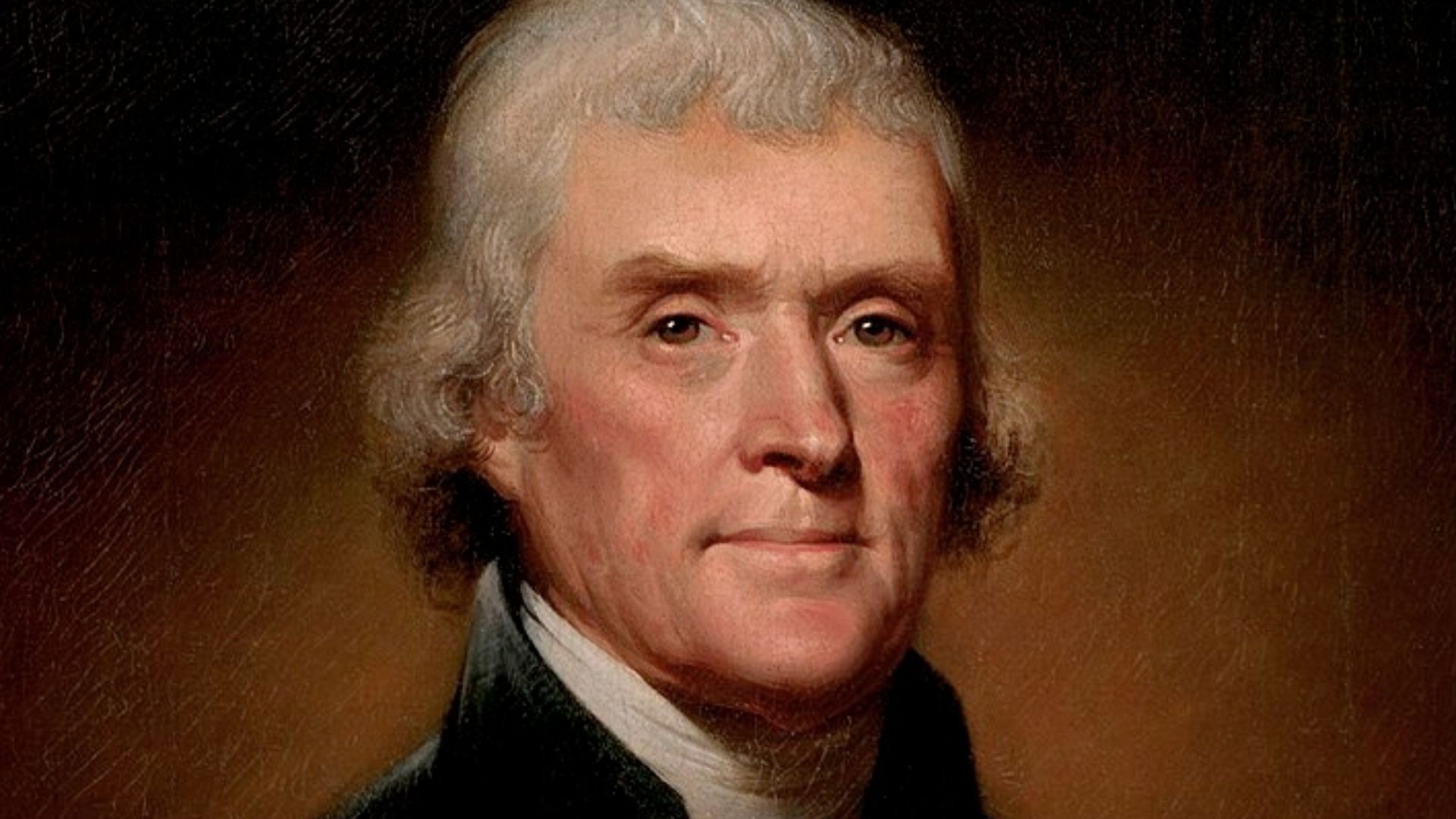 Rembrandt Peale, Wikimedia Commons
Rembrandt Peale, Wikimedia Commons
37. They Split
Madison, Jefferson, and other like-minded individuals fought for the interests of the agrarians of the south, and Hamilton’s plan seemed to leave them in the dark. As a divide became stronger between the two factions of belief, Hamilton emerged with his Federalist Party, while Jefferson and Madison created the Democratic-Republican Party in 1792.
Not long after, Hamilton experienced a more personal betrayal.
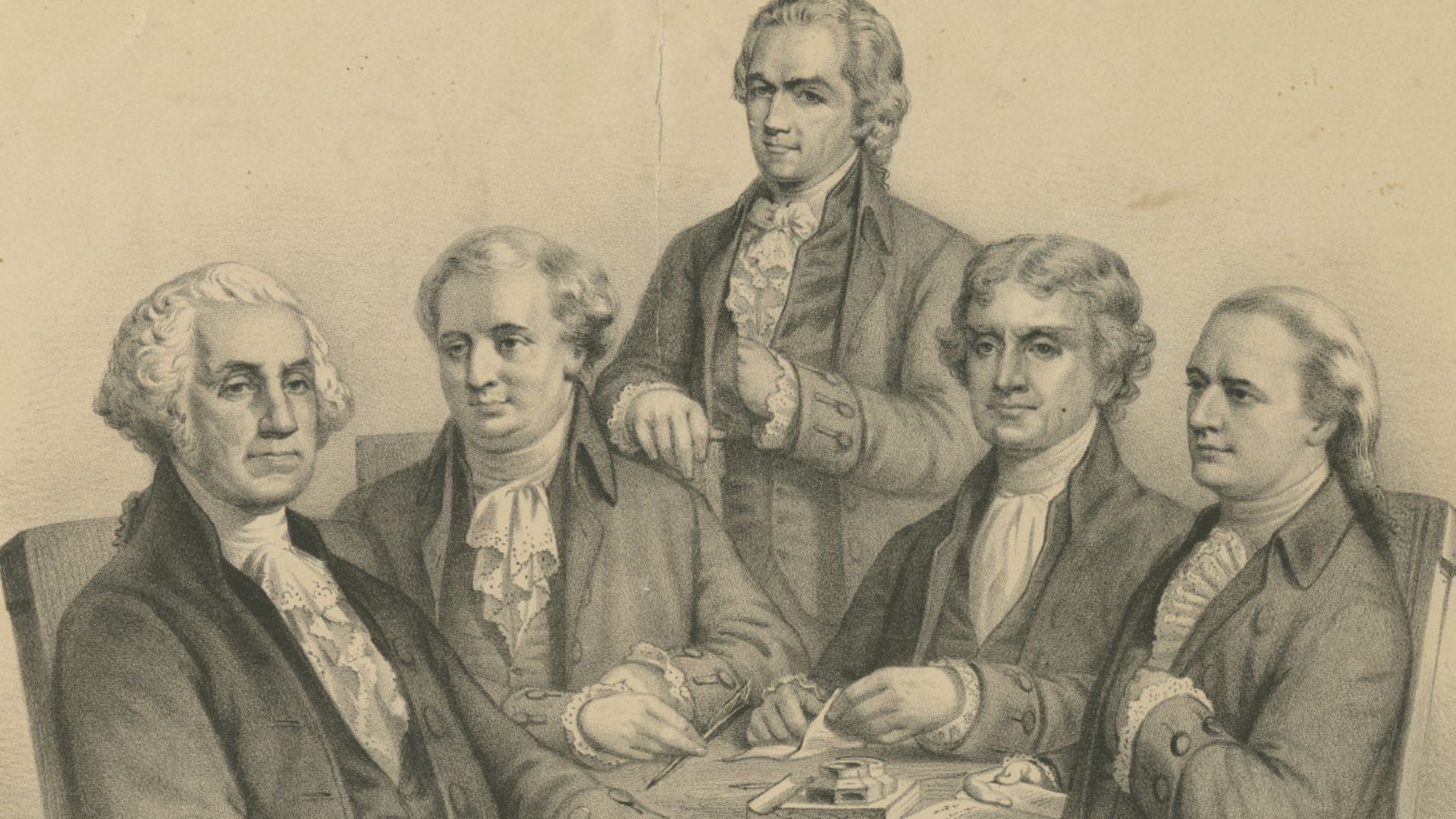 Cornell University Library, Wikimedia Commons
Cornell University Library, Wikimedia Commons
38. He Held It Against Him
One year prior, the 1791 United States Senate election was held in New York and ended with Hamilton’s father-in-law losing the vote. In his place, Hamilton’s long-time colleague and friend, Aaron Burr, won as the Democratic-Republican candidate. Hamilton saw this as an insult to him and his family, and held Burr personally responsible for the result.
Soon enough, Hamilton would face his own treachery.
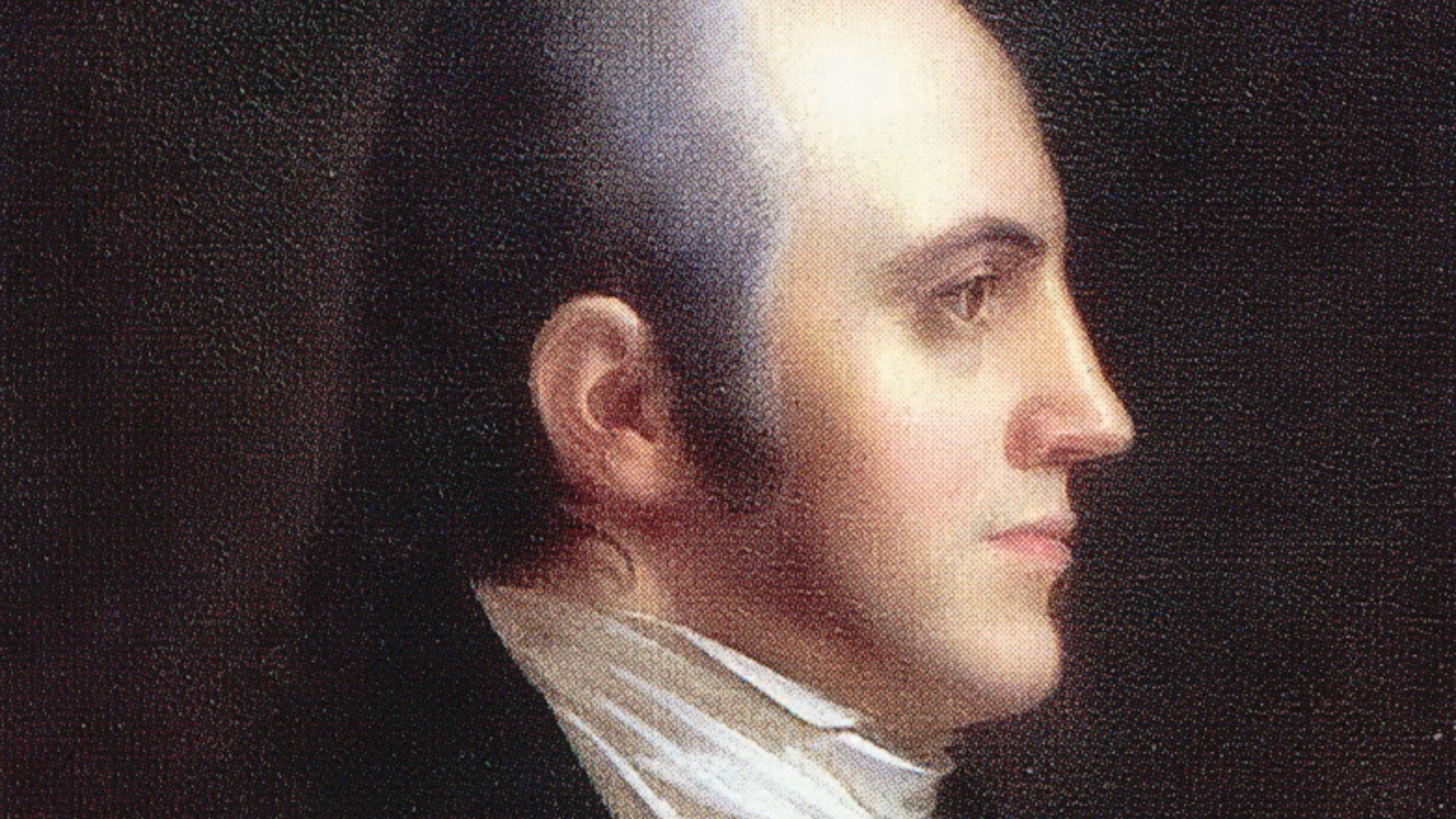 Fom the New York Historical Society, Wikimedia Commons
Fom the New York Historical Society, Wikimedia Commons
39. He Was Unfaithful
Hamilton’s marriage appeared to be happy, and yet, he began a year-long affair in 1791. In a plan that was likely devised by her husband, a woman named Maria Reynolds asked for Hamilton’s financial help, leading to a romance between them. In exchange for keeping it a secret, her husband, James Reynolds, extorted regular payments from Hamilton.
They seemed to get away with it, until some very public chickens came home to roost—by Hamilton's own hand.
40. He Offered Information
Toward the end of 1792, the authorities charged James Reynolds and his associate Jacob Clingman with several unlawful acts, but Clingman had a trick up his sleeve. He alerted Congressman James Monroe to evidence allegedly held by James Reynolds, which he claimed was proof that Hamilton had also been involved in illicit activity.
This was a concerning development indeed...
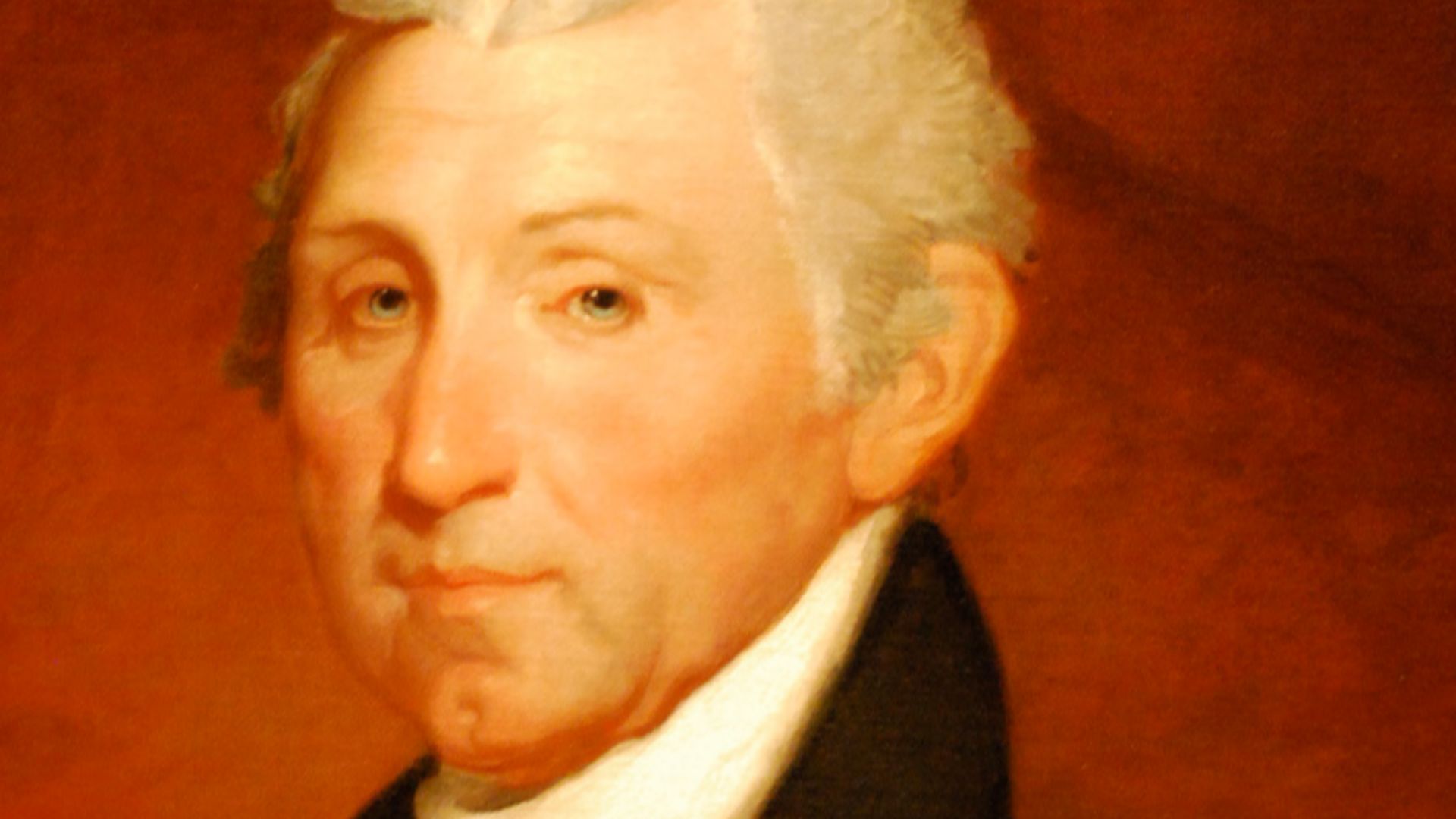 Artist unknown., Wikimedia Commons
Artist unknown., Wikimedia Commons
41. They Accused Him
Monroe took the alleged evidence against Hamilton seriously and may have hoped to use it against him. Along with fellow Democratic-Republicans Abraham Venable and Frederick Muhlenberg, he confronted Hamilton and accused him of financial speculation. In defense, Hamilton explained the affair and showed him the blackmail letter from Reynolds.
This satisfied the trio, but Hamilton was in for a worse heartache.
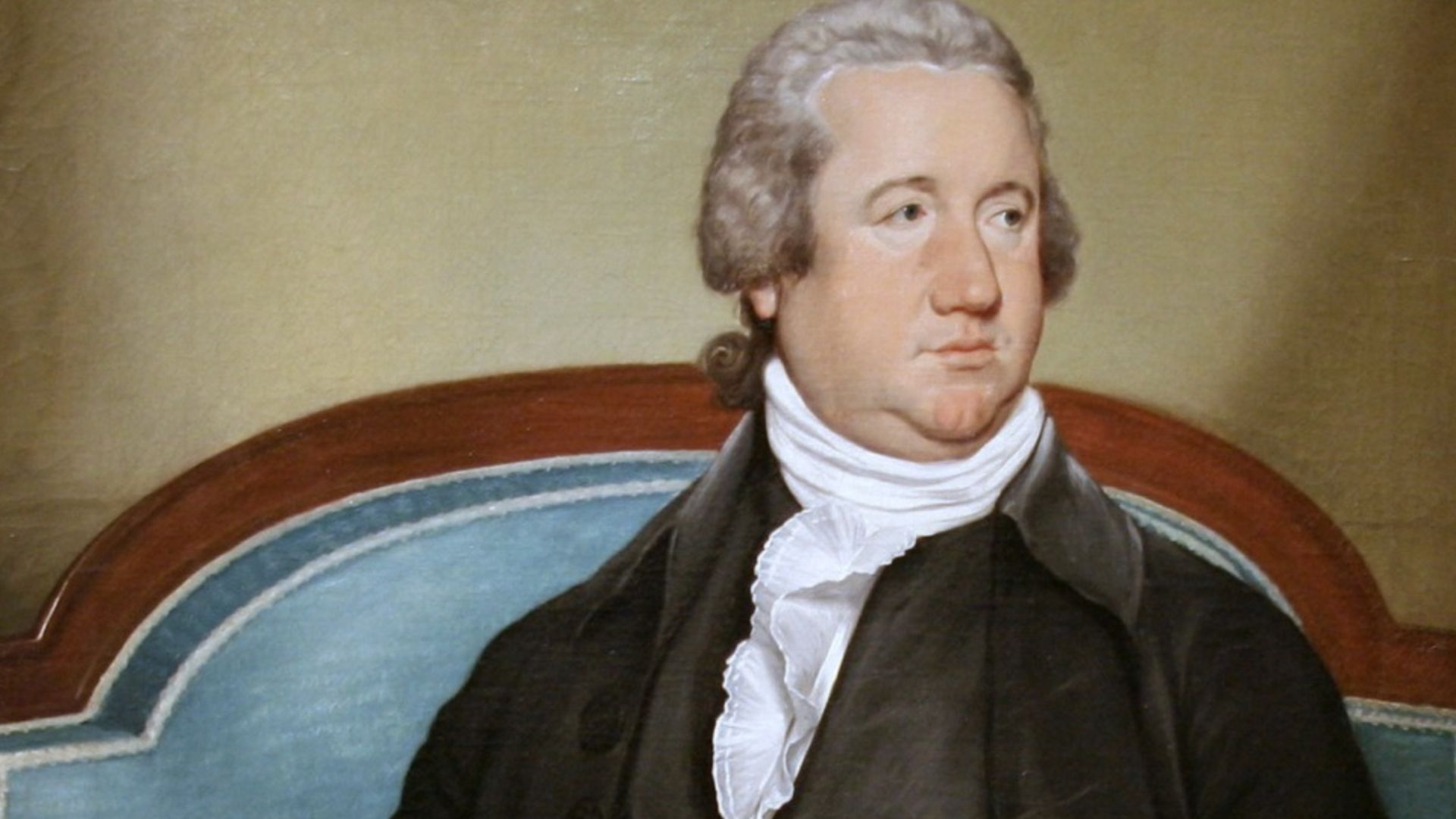 Joseph Wright (1756 - 1793), Wikimedia Commons
Joseph Wright (1756 - 1793), Wikimedia Commons
42. They Suffered A Loss
By 1794, Hamilton and his wife had had five of their eight children, but that year brought an unexpected tragedy. While he was absent and Elizabeth was expecting, she suffered a miscarriage in late November. This made Hamilton rethink his priorities, and he resigned from public office to work closer to his family in New York.
But of course, they had even more issues in store.
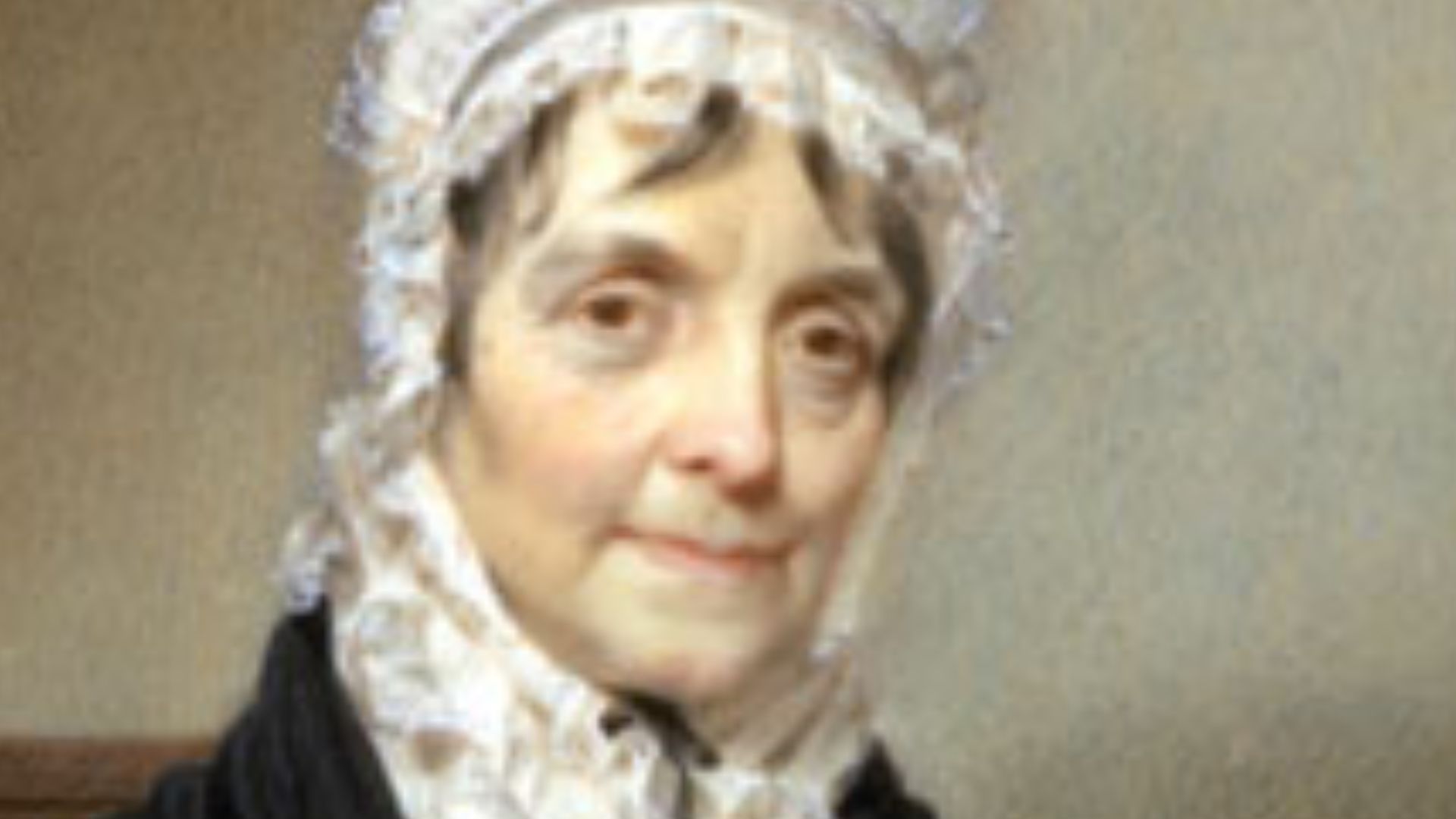 Henry Inman, Wikimedia Commons
Henry Inman, Wikimedia Commons
43. He Panicked
In response to a journalist’s claim in 1797 that he had been in collusion with James Reynolds, Hamilton urgently wrote Monroe and the other congressmen. Hoping to gain some reassurance, he asked them to confirm that nothing in the report would damage his integrity, but Monroe refused to answer. To get ahead of any potential scandal, Hamilton published a booklet containing every detail of his affair.
Despite this scandal, many still favored Hamilton.
 Universal History Archive, Getty Images
Universal History Archive, Getty Images
44. They Liked Him More
During America’s conflict with France in 1798, the new president, John Adams, appointed Hamilton the major general of the army, albeit begrudgingly. Despite Adams’ disdain for him, Hamilton had Washington’s endorsement, along with a few others. Adams soon learned that even some in his cabinet were more devoted to Hamilton, so he fired them.
This reputation made Hamilton integral to a later decision.
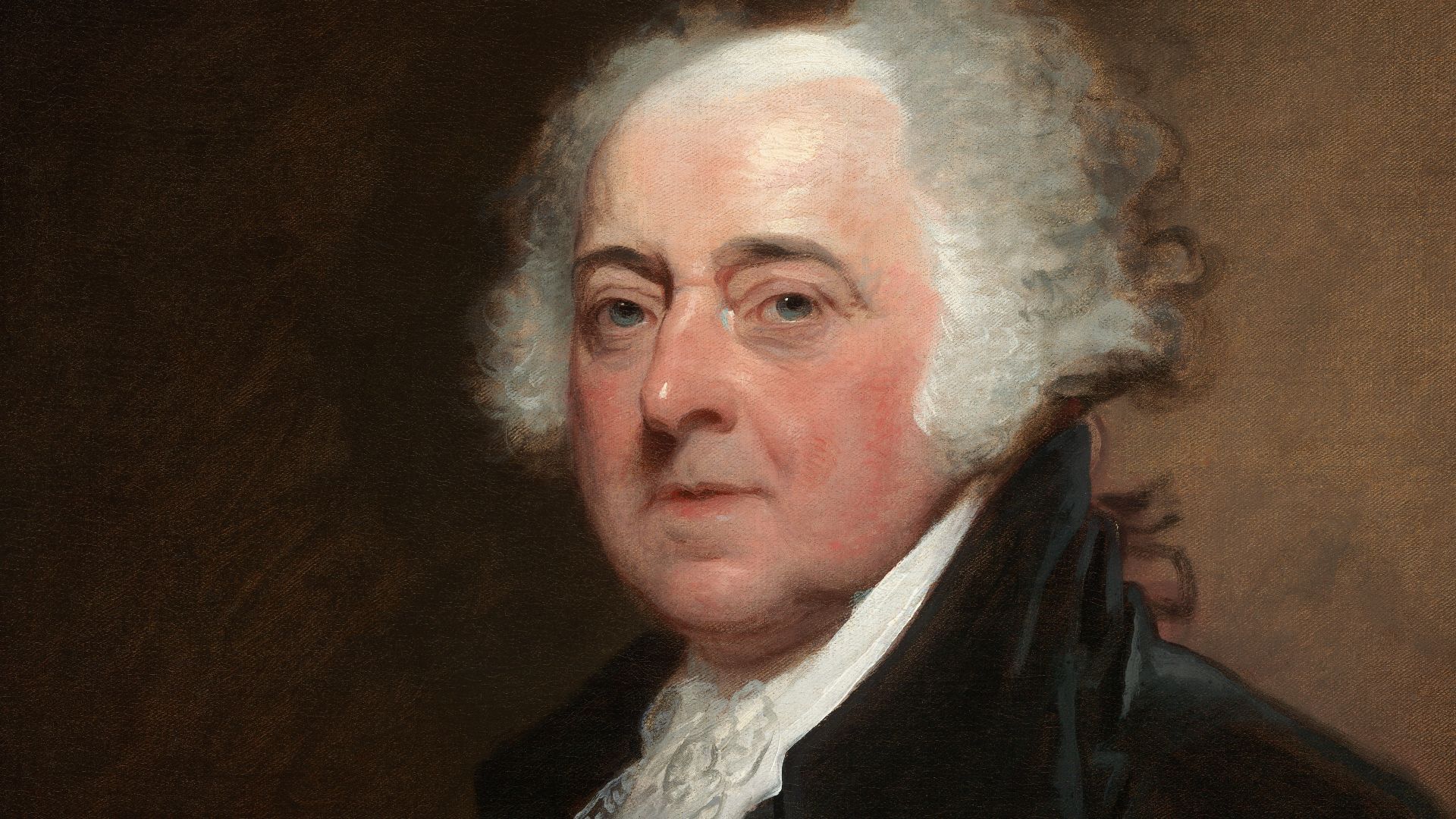 Gilbert Stuart, Wikimedia Commons
Gilbert Stuart, Wikimedia Commons
45. He Made His Choice
By 1800, the public's view of John Adams had diminished, making it easy for Thomas Jefferson to defeat him in that year’s election. Therefore, Jefferson’s only opponent was Aaron Burr, but they tied in Electoral College votes. As the House of Representatives needed to determine the winner, they turned to Hamilton for a final decision. In a move that shocked many, Hamilton endorsed his former adversary, Jefferson.
This caused a lethal rift.
 Eliphalet Frazer Andrews, Wikimedia Commons
Eliphalet Frazer Andrews, Wikimedia Commons
46. They Couldn’t Work It Out
Despite many of their disagreements, Hamilton made his chosen endorsement because he believed Burr was a "mischievous enemy," making Jefferson the lesser of two evils. Naturally, Burr felt his honor was put into question and demanded that Hamilton make things right. After much correspondence, Hamilton still refused to atone.
Burr responded with a challenge.
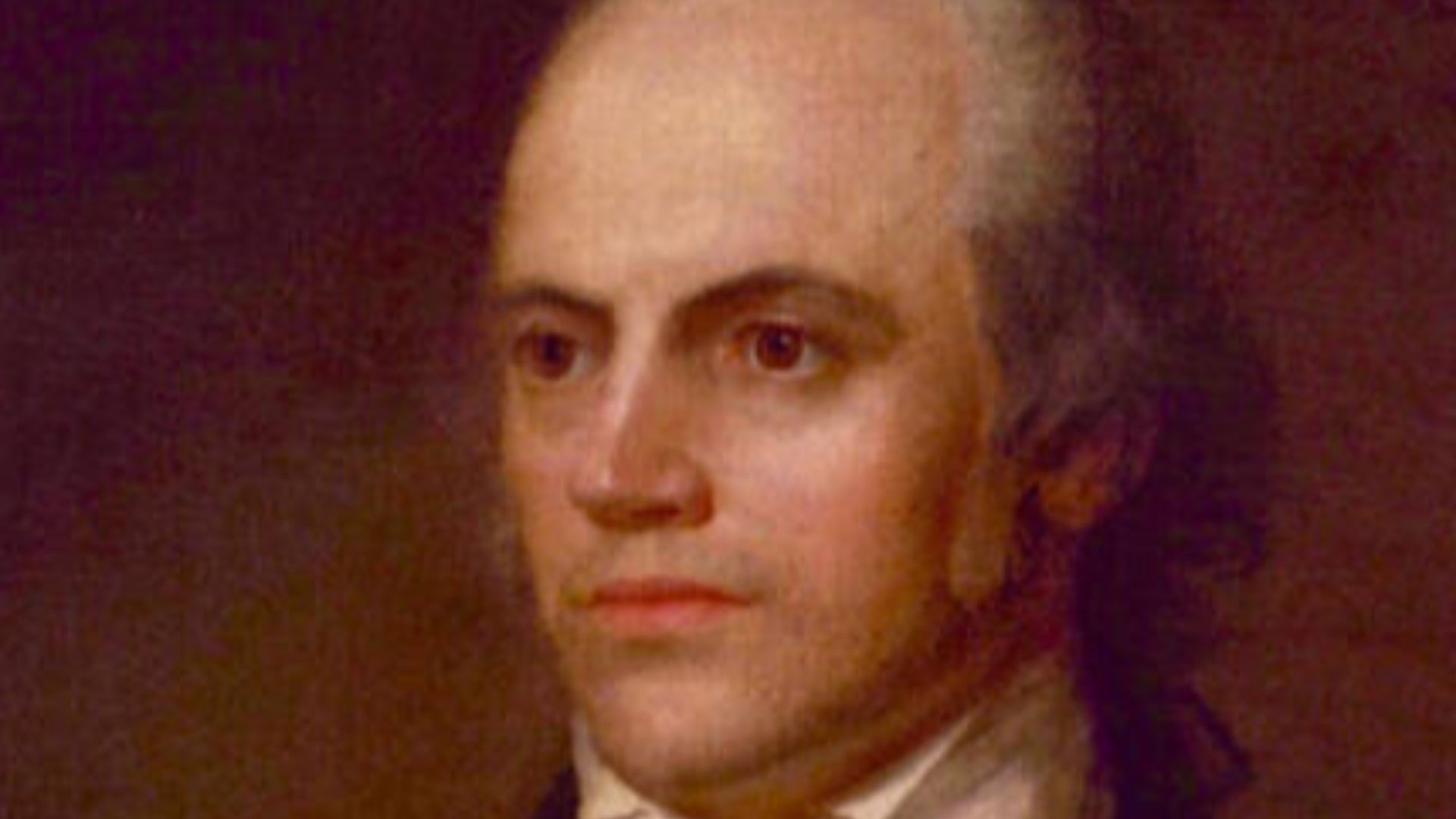 John Vanderlyn, Wikimedia Commons
John Vanderlyn, Wikimedia Commons
47. They Dueled
Once Burr challenged Hamilton to a duel, honor kept him from refusing. On July 11, 1804, the two met on the Hudson River bank, coincidentally near where Hamilton’s son Philip perished in a previous duel. The two lined up and fired, but while Hamilton seemingly threw away his shot by aiming above Burr, he took the latter's shot above his right hip.
This was the end for him.
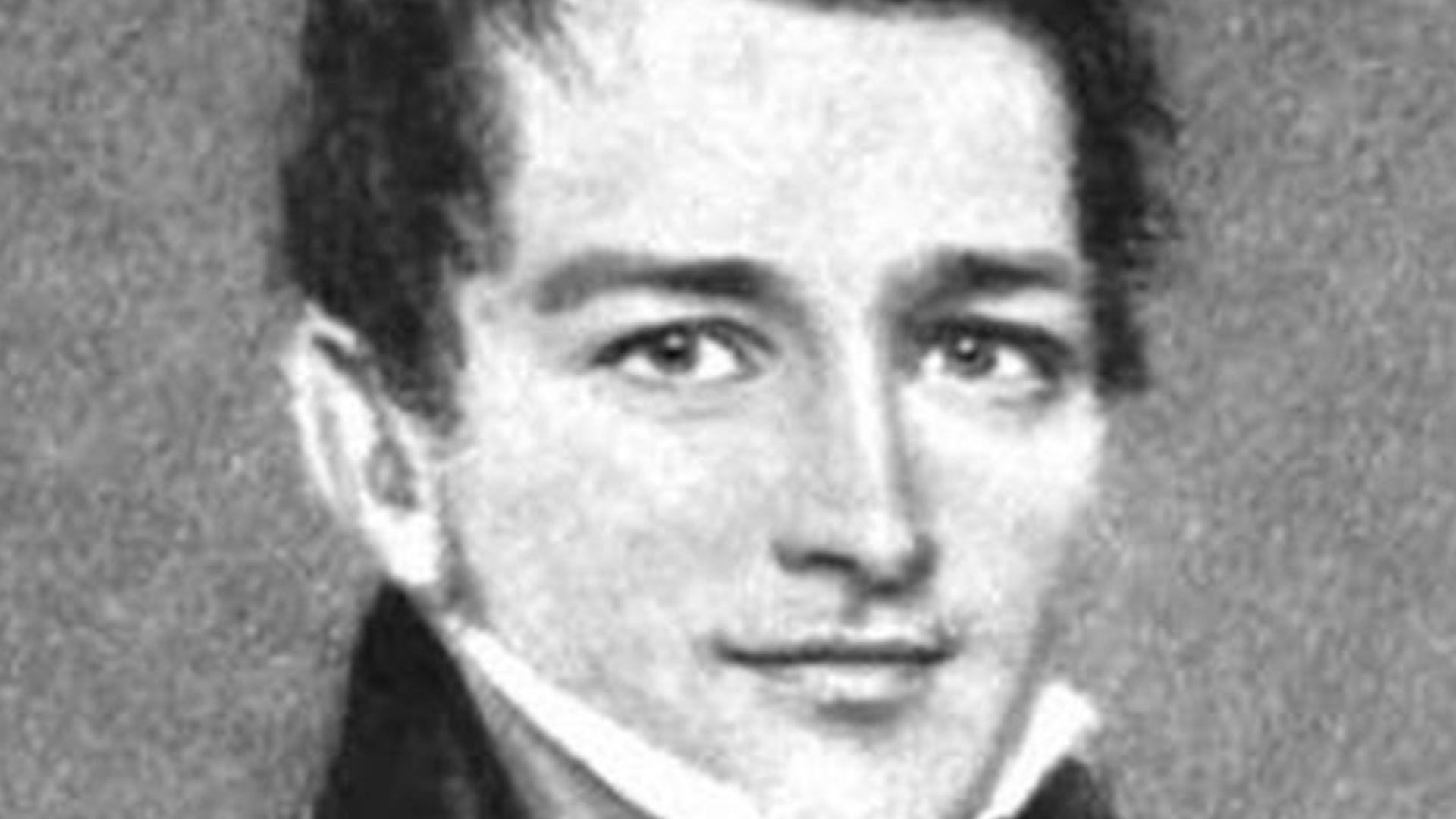 Lwarrenwiki, Wikimedia Commons
Lwarrenwiki, Wikimedia Commons
48. They Said Goodbye
In another coincidence, the surgeon who had attended his son Philip now treated Hamilton before moving him back across the Hudson and to a boarding house in Greenwich Village. There he lay, knowing his end was near, and thus summoning his loved ones. Over the next 31 hours, they came to his side and bid him goodbye until he passed on July 12.
As far as his legacy, no one can deny that Hamilton left an impact.
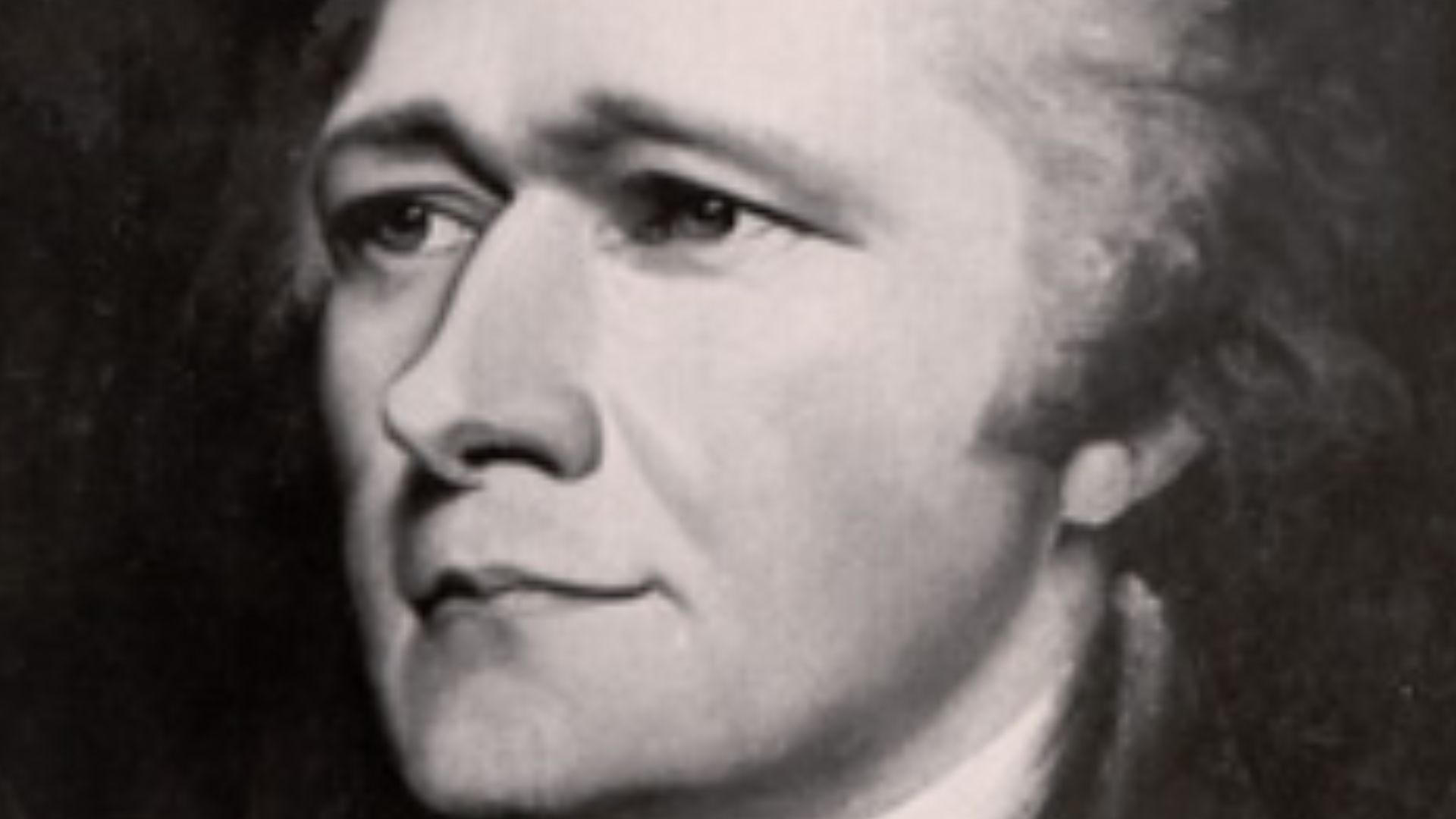 John Trumbull, Wikimedia Commons
John Trumbull, Wikimedia Commons
49. They Still Can’t Decide
In his time as Secretary of the Treasury, Hamilton developed the foundations for a lasting financial system in the face of contemporary criticism. This controversy continued, as economists and historians have debated the efficiency of his centralized banking to this day. In modern day, he has become a larger household name.
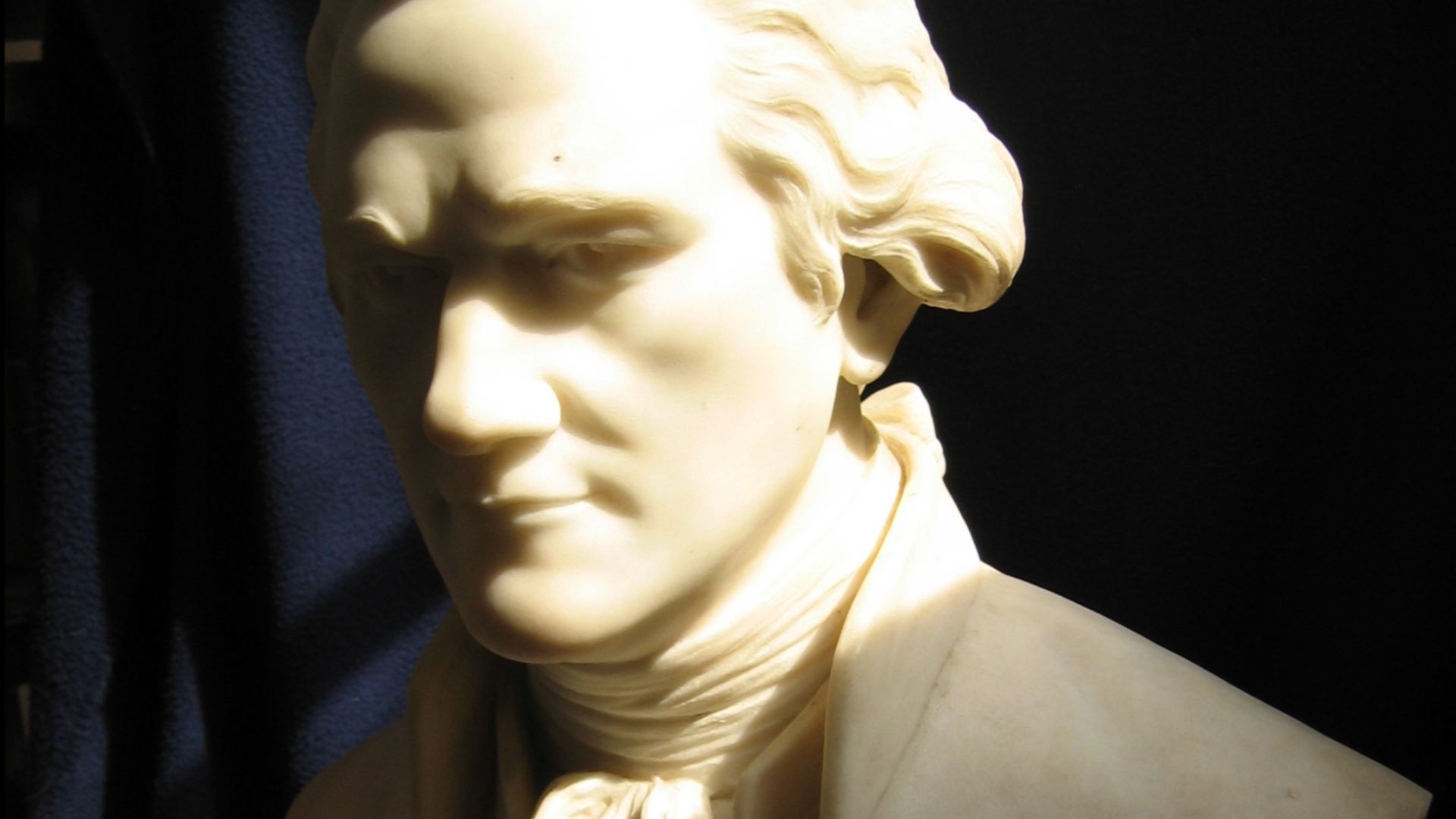 Ethan Taliesin, Wikimedia Commons
Ethan Taliesin, Wikimedia Commons
50. He Told His Story
For a long time, Founding Fathers like Jefferson or Benjamin Franklin were the most commonly remembered, with Hamilton falling into obscurity. However, in 2015, Lin-Manuel Miranda debuted the Hamilton musical, which he wrote and starred in. Although the production took no shortage of creative liberties concerning Hamilton’s history, it drew the general public’s attention to his story and influence in America’s creation.
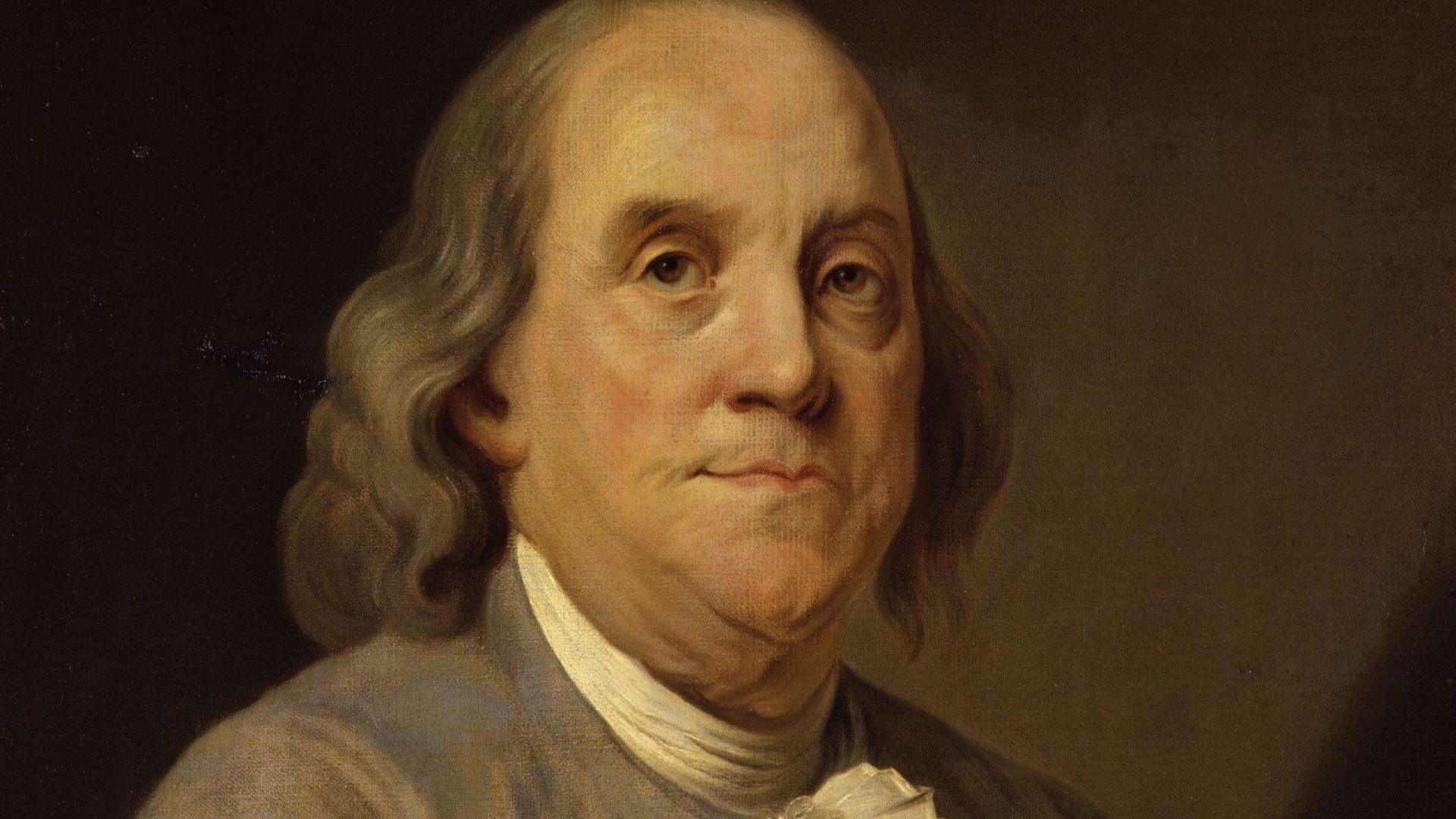 After Joseph-Siffred Duplessis, Wikimedia Commons
After Joseph-Siffred Duplessis, Wikimedia Commons
You May Also Like:

